How to Take Landscape Photos: A Complete Guide
The landscape has inspired painters and musicians for centuries. And a landscape is the subject of one of the earliest surviving photographs from 200 years ago. The challenge for a photographer is to make their photo as stunning as the original they are capturing.
What is Landscape Photography?
Although we have some advice for urban photography, mostly we will be looking at landscape in the conventional sense. Nature, in all its glory, just waiting to be immortalised with your skill. You might choose mighty waterfalls, or peaceful meadows, or your preference might be for the sea or river. Whatever you choose, you can master the art with our array of useful articles.
Types of Landscape Photography
Landscape photography is a mixed bag with many subjects to explore. Nature photography allows you to showcase the beauty of the wilderness, from deserts and mountain ranges to volcanos. In contrast, urban landscapes offer exciting opportunities to capture cityscapes, stunning architecture, and gritty urbex locations.
Sunsets and sunrises are ideal times for landscape photos, providing warm colors and easier-to-control light. Astrophotography has become more accessible with improved camera technology, letting you capture star trails, the Milky Way, the moon, and even the Aurora Borealis.
Experimenting with different techniques can help you develop a unique style. Light painting, infrared photography, lensball photography, long exposures, and silhouettes are just a few options to try. Composition is key, so consider worm’s eye views, bird’s eye perspectives, minimalism, panoramas, and single subjects. Post-processing opens up even more possibilities, like black and white, digital blending, desaturation, time-lapses, and creative presentation. All these different types of landscape photography offer endless opportunities to capture the world’s beauty and develop your signature style.
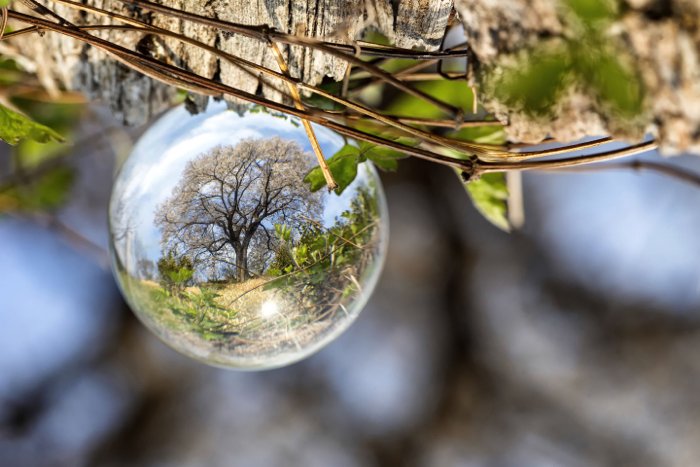
How to Get Started in Landscape Photography
At its simplest, landscape photography just needs you and your camera or smartphone. As you experiment and improve, you might want to upgrade your camera, or add a tripod or filters. And there is always scope for planning your shots, using Google maps and sunrise/sunset predictions.
Tips for Beginners
Outdoor photography can be challenging for beginners. But there are some simple things you can do to help you capture stunning shots.
Avoid shooting in midday sun when the light is harsh and creates sharp shadows. Instead, shoot during the “golden hours” – the hour after sunrise and before sunset. The soft, warm light is more flattering and easier for your camera to handle.
Use a polarizing filter to reduce glare, remove reflections, and darken the sky. This simple accessory can dramatically improve your outdoor photos.
Pay attention to your white balance settings. Outdoor lighting conditions change frequently, so switch between AWB, cloudy, daylight, and shade modes as needed. Shooting in RAW also allows for easier adjustments later.
Keep your horizons straight and thoughtfully placed. A tilted horizon can be distracting, while the horizon’s position can impact the mood and focus of your shot.
For more tips on capturing stunning outdoor photography, take a look at our comprehensive guide.
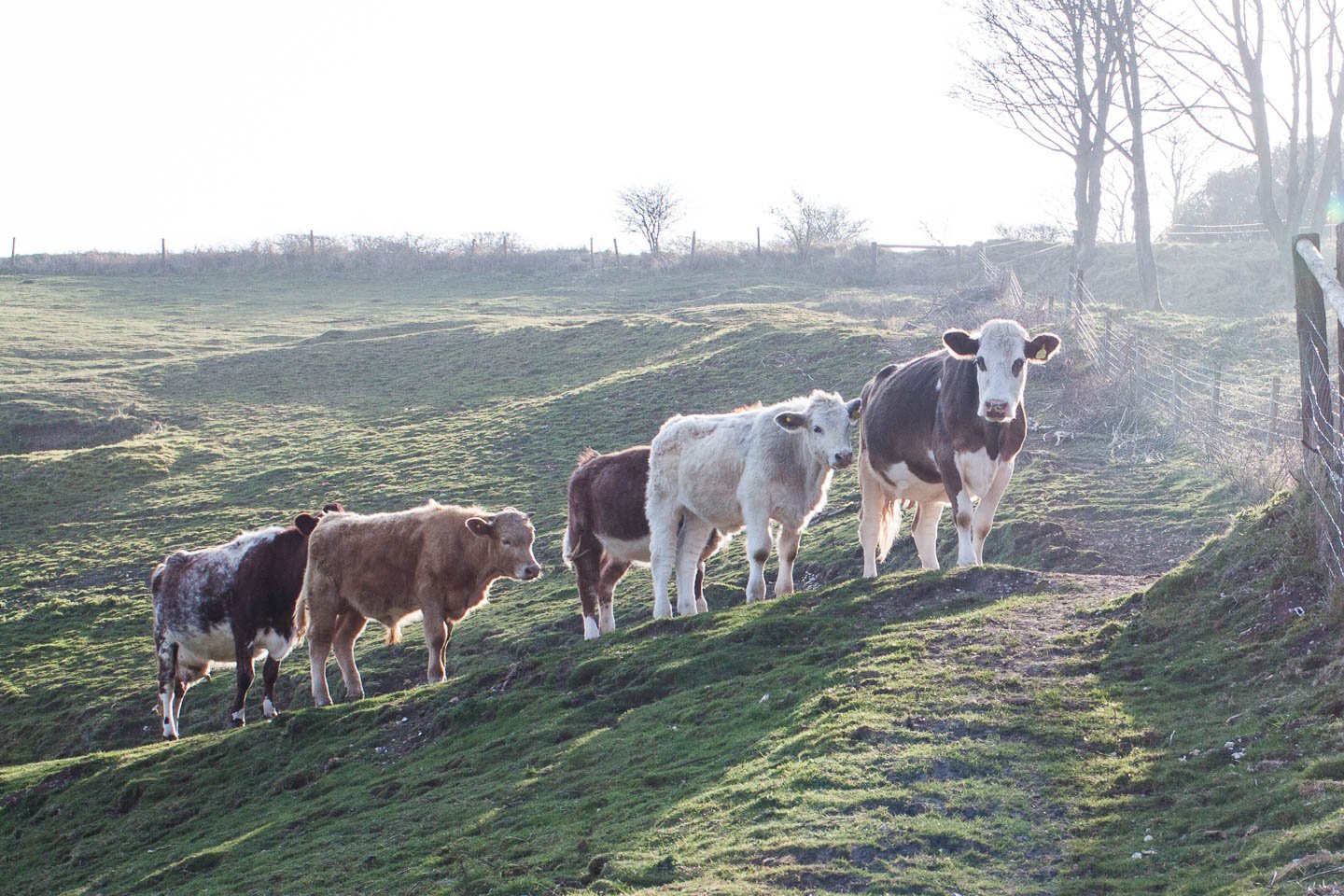
Camera Settings for Landscape Photography
The best landscape photography settings depend on the time of day, weather, and subject. Use an aperture between f/11 and f/16 for a wide depth of field. To freeze motion, set your shutter speed to 1/250s or faster. For motion blur, use 1/10s or slower.
Keep your ISO at 100 for the cleanest image. But don’t be afraid to increase it if you need more light. Landscape photography settings are a balancing act between aperture, shutter speed, and ISO.
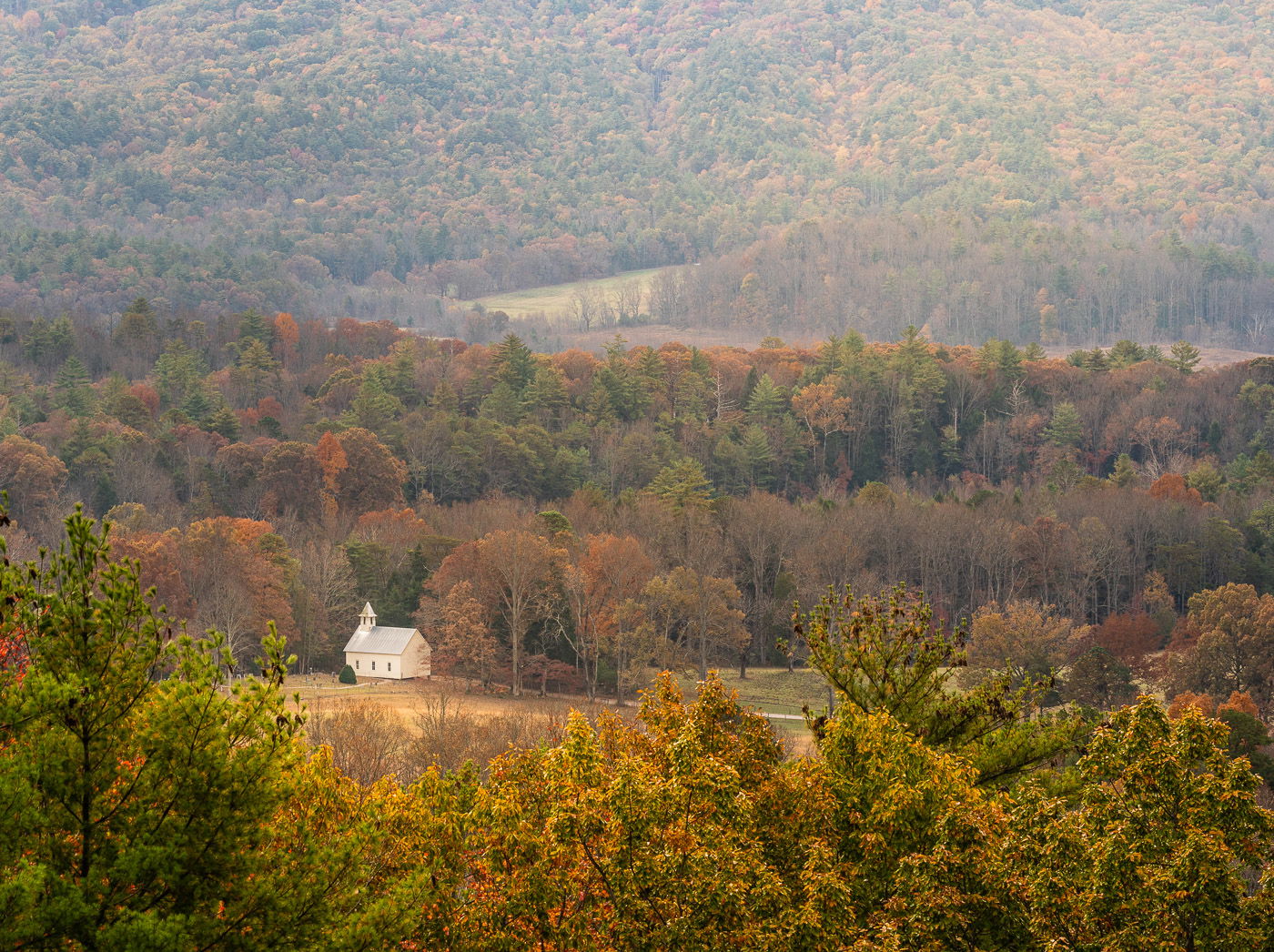
Tips for Improving Every Type of Landscape Photography
Landscape photography is such a broad niche, that it helps to look at the many different different types. So we have gathered together articles that look at many different sub-topics in landscape photography. You’re bound to find the right one(s) for you!
Sunrise Photography
Sunrise photography is a rewarding experience that’s worth waking up early for. To capture stunning sunrise photos, arrive at least an hour before sunrise to scout the location and set up your gear. Use a sturdy tripod and a wide-angle lens to capture the expansive landscape.
As the sun begins to rise, experiment with both long and short exposures to capture movement and freeze moments in time. Use filters or bracketing to balance the light between the bright sky and darker foreground. Set your aperture to f/11 or f/16 for a deep depth of field and adjust your shutter speed based on the available light.
The golden hour after sunrise is the best time to capture warm, glowing light and long shadows that highlight textures in the landscape. With the right techniques and a bit of patience, you can create breathtaking sunrise photos. For more tips and techniques, read our sunrise photography guide.
 © T P E Marshall
© T P E Marshall
Sunset Photography
Capturing stunning sunset photos requires the right techniques and equipment. A camera with high resolution and dynamic range is ideal for capturing the bright and dark areas of a sunset scene. Using a wide-angle lens will allow you to capture a broad view of the landscape.
Manual mode gives you more control over the camera settings as the lighting changes. Set your white balance to daylight and use a narrow aperture like f/16 for a wide depth of field. A low ISO and slow shutter speed will give you strong colors and sharp details.
A tripod is important to avoid camera shake when using slow shutter speeds. An ND filter can help balance the exposure between bright and dark areas. With the right planning and techniques, you can capture the beauty of a sunset in your photos. To learn more about sunset photography, we have a detailed guide that covers everything you need to know.
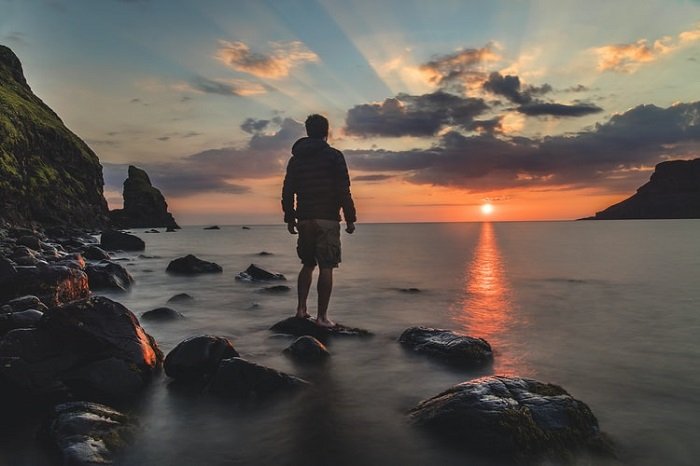
Capturing the Sky
Capturing stunning sky photos requires the right conditions. Check the weather forecast and wait for dramatic clouds or stormy weather. The best light is often during early morning and late evening when it’s soft and golden.
Include a point of interest in your sky images to draw the viewer’s attention. Use the rule of thirds to highlight the sky by placing the horizon line lower. A graduated ND filter can help balance the exposure between the bright sky and darker foreground.
Bring a tripod for slower shutter speeds and more creative options like streaking clouds. Don’t be afraid to break photography rules for unconventional results. You can learn more about sky photography in our detailed guide that covers everything you need to know.
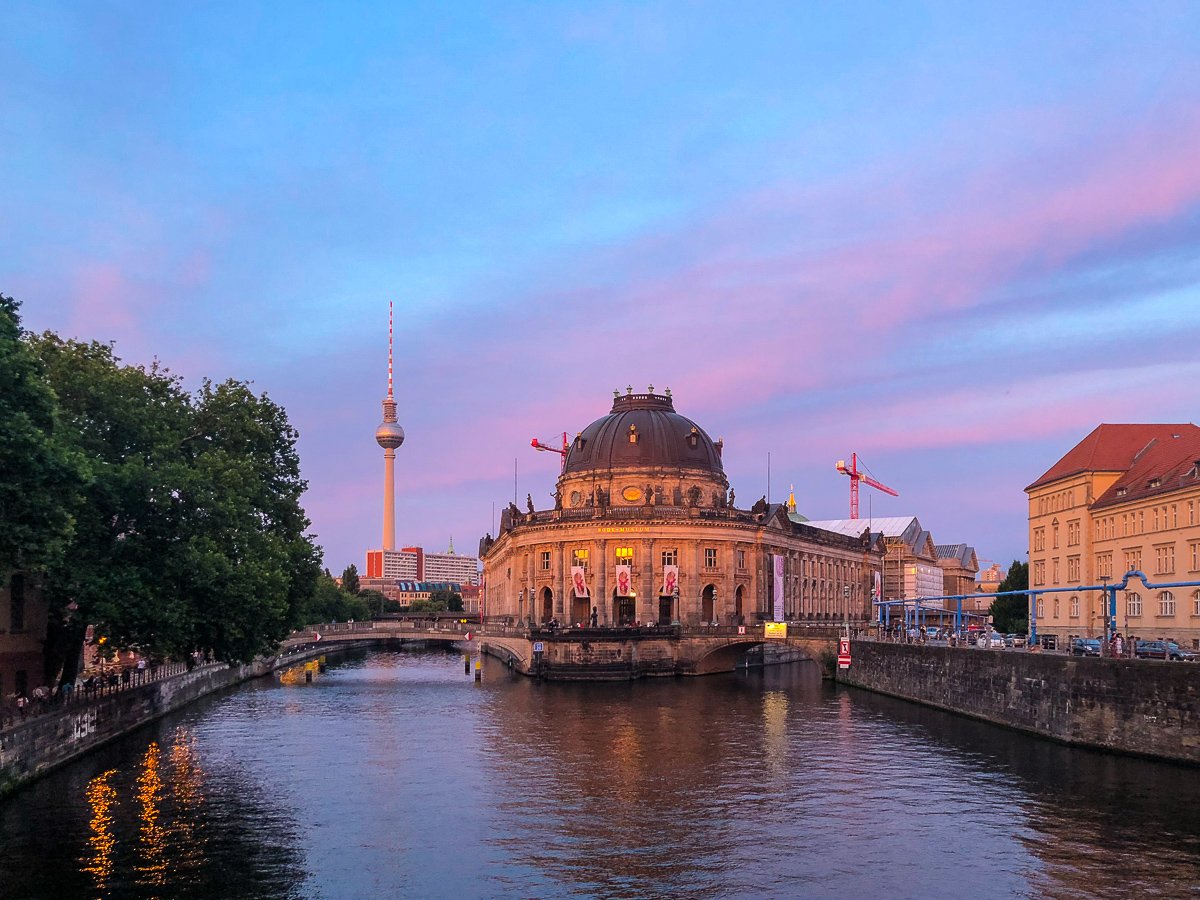
Cliffs and Coasts
Capturing stunning coastal landscapes requires the right settings and techniques. Arrive early in the morning or late in the afternoon for the best light. Look for interesting foreground elements like rocks or tide pools to add depth to your composition.
Long exposures can create a beautiful silky water effect. Use a polarizing filter to reduce reflections if needed. Try shooting from higher ground, like a cliff, for a unique perspective.
Including hints of human presence, like car headlights, can enhance your photos. Take multiple exposures during changing light conditions, like sunset, to capture the full dynamic range. Don’t forget to look for interesting details in the sand, waves, and rocks. Mastering coastal photography takes practice, but these tips will help you take incredible landscape photos on your next trip to the coast.
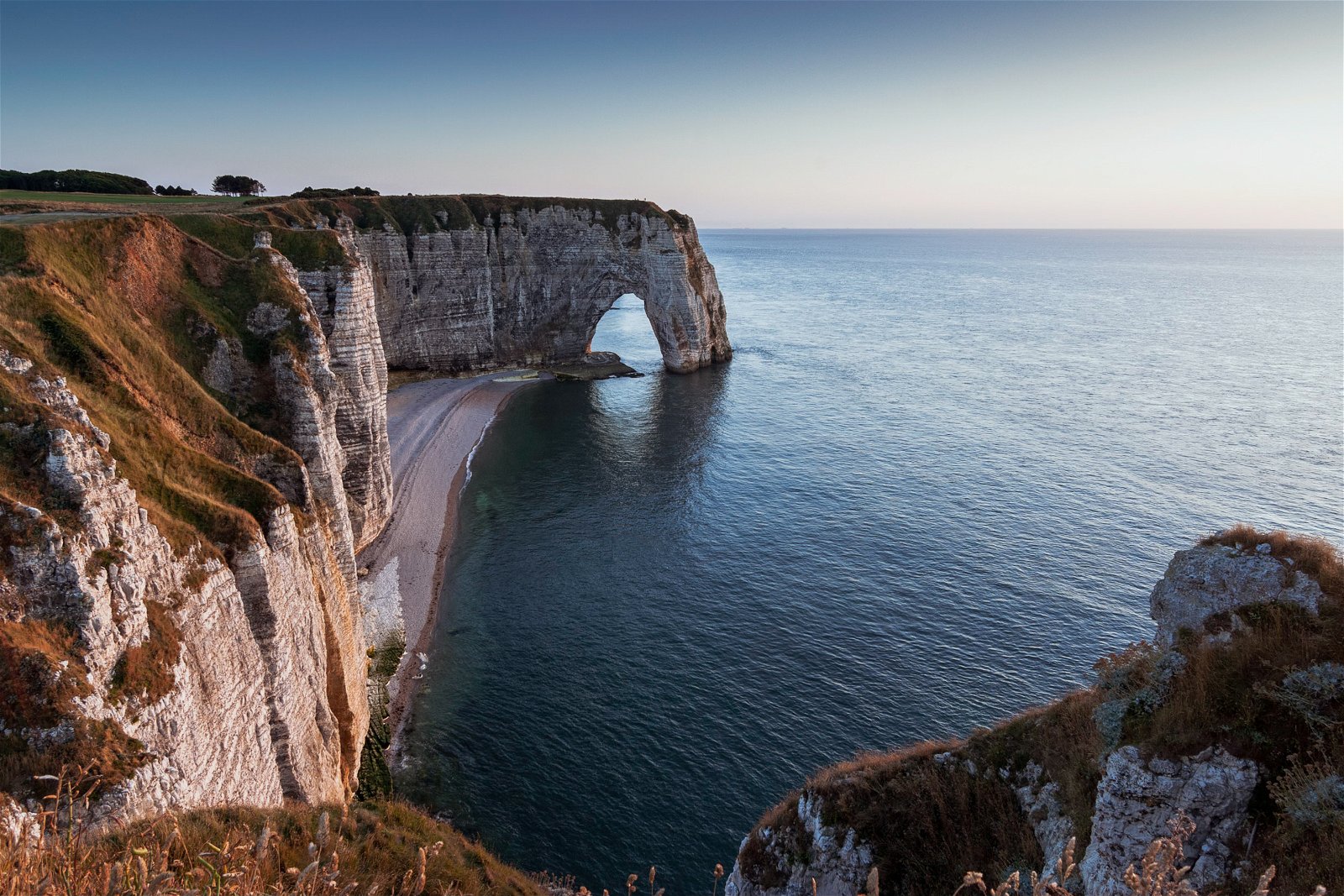
Forests
Capturing the beauty of forests can be challenging. Low-angle shots looking up at the treetops make the viewer feel small and emphasize the enormity of the trees. Aerial photography with a drone can capture the vastness of the forest, especially on clear days.
Moonlight and starlight provide unique opportunities for forest photography at night. The trees frame the night sky, and you can capture stunning shots of the stars or even the Northern Lights through the branches. Silhouettes of trees against the dim light before dawn or after dusk create striking images.
Overcast weather is perfect for forest photography, as the clouds soften the harsh light and eliminate shadows. Focus on the details of the forest, such as a single leaf or flower, to tell a story about the place. Experiment with different focal lengths and compositions to capture the view, and try black-and-white photography for a classic, timeless look. Forest photography offers endless opportunities to capture the quiet beauty of nature.
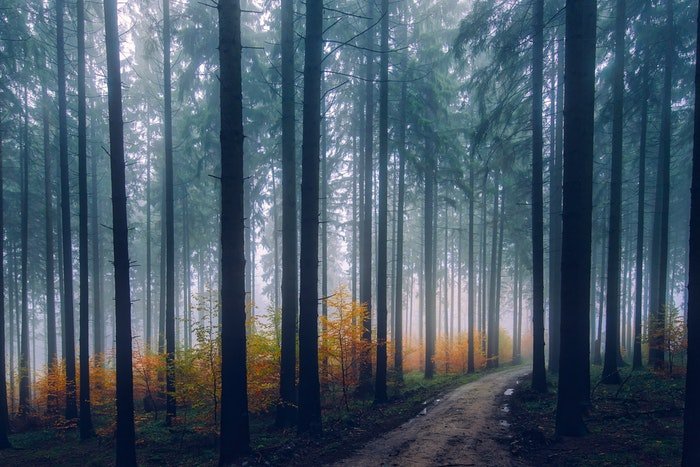
Mountains
You would be forgiven for thinking that it is almost impossible to take a bad photo of a mountain. They are just so naturally impressive. But there are ways to make those pictures even better, and we have some top tips to help you.
Forget about climbing – great mountain photos can be taken from trails or even at sea level. Use a longer focal length to highlight the details of the peaks.
Get close to your foreground and use a wide-angle lens to make the mountains appear massive. Carefully remove any distracting elements like dead grass or bright rocks.
Focus stacking helps capture both a sharp foreground and background. Take multiple shots focused at different distances and combine them in post-processing. This works best with your lens stopped down to its sweet spot, usually around f/7.1.
To learn more about mountain photography, check out our in-depth guide covering the best locations, seasons, weather, and techniques for capturing majestic mountain landscapes.
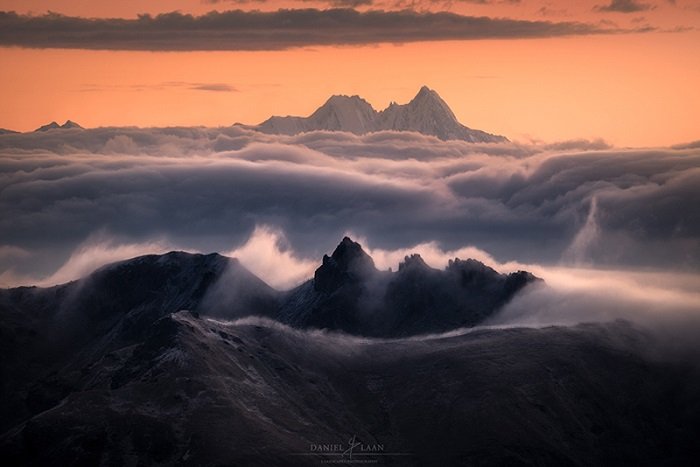
Deserts
Capturing stunning desert photography requires careful preparation and the right gear. Choose the best time to visit based on your temperature tolerance. Pack essential items like water, sunscreen, and a hat to stay safe and comfortable in harsh desert conditions.
A variety of lenses from wide-angle to telephoto will help you capture the vast desert landscape. Use classic composition methods like leading lines, patterns, and textures to add depth and interest to your images. Look for unique subjects like cacti and colorful rocks to create eye-catching photos.
Low-angle lighting from the sun can show texture in the desert sand and plants. Don’t put your camera away after sunset – silhouettes and night sky photography offer even more opportunities for unique desert images. With some pre-planning and minimal gear, you can enjoy a rewarding desert photography adventure.
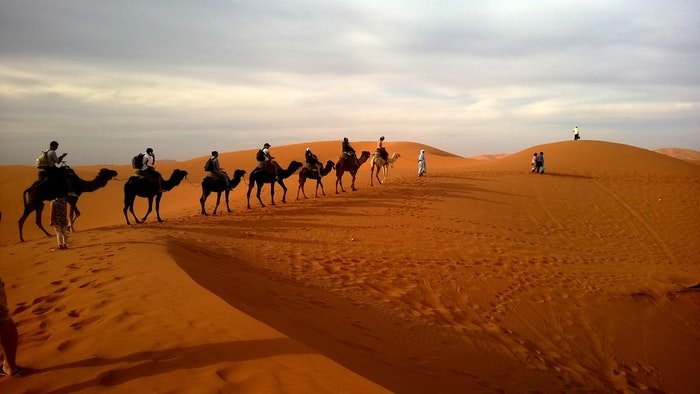
Volcano Photography
Photographing volcanoes is a thrilling experience that requires the right gear and safety precautions. A sturdy tripod, zoom lens, and camera raincoat are essential for capturing stunning shots while protecting your equipment from ash and debris. Gas masks, helmets, and heat-resistant clothing are crucial for your safety when getting close to active volcanoes.
Indonesia is home to many picturesque volcanoes, making it a popular destination for volcano photography. Before visiting, research the volcano’s eruption history and consult with locals to find the best vantage points. Always plan a clear escape route and travel with a partner who can keep an eye out for sudden changes in volcanic activity.
Daytime photography allows you to capture explosive eruptions and ash clouds, while nighttime is ideal for volcano photography, especially during the blue hour when you can capture the lava’s glow against the landscape. With the right preparation and techniques, you can create breathtaking images of these powerful natural wonders.

Black and White Landscapes
Black and white landscape photography has a timeless quality that can produce stunning images. To capture the best shots, look for scenes with strong contrast and interesting textures. Pay attention to composition, and consider using the Zone System to ensure proper exposure.
Filters are important tools for black and white landscape photography. Graduated neutral density filters balance bright skies with darker ground, while non-graduated filters can smooth moving water for a beautiful effect.
Shoot in RAW and convert to black and white in post-processing for the most control over your final image. A sturdy tripod, wide-angle lenses, and a backpack-style camera bag are useful equipment for black and white landscape photography.

Night Landscapes
Capturing stunning night landscape photos can be challenging, but with the right tips, you’ll master it in no time. Use a sturdy tripod to avoid camera shake and a wide, fast lens to let in more light. An aperture of f/1.4 to f/3.5 is ideal.
Set your camera to manual mode and use the highest ISO you’re comfortable with to keep the shutter speed quick enough to avoid star trails. A good starting point is 20-30 seconds at ISO 1600-3200.
Light pollution filters can help reduce the orange glow from city lights and let you shoot longer exposures. Compose your shot with an interesting foreground, like trees or rock formations, and use a low-to-moderate moon to light the landscape. With a bit of practice, you’ll be capturing the beauty of the night sky in no time. If you’d like to dive deeper into night landscape photography, we have a complete guide that covers everything you need to know.
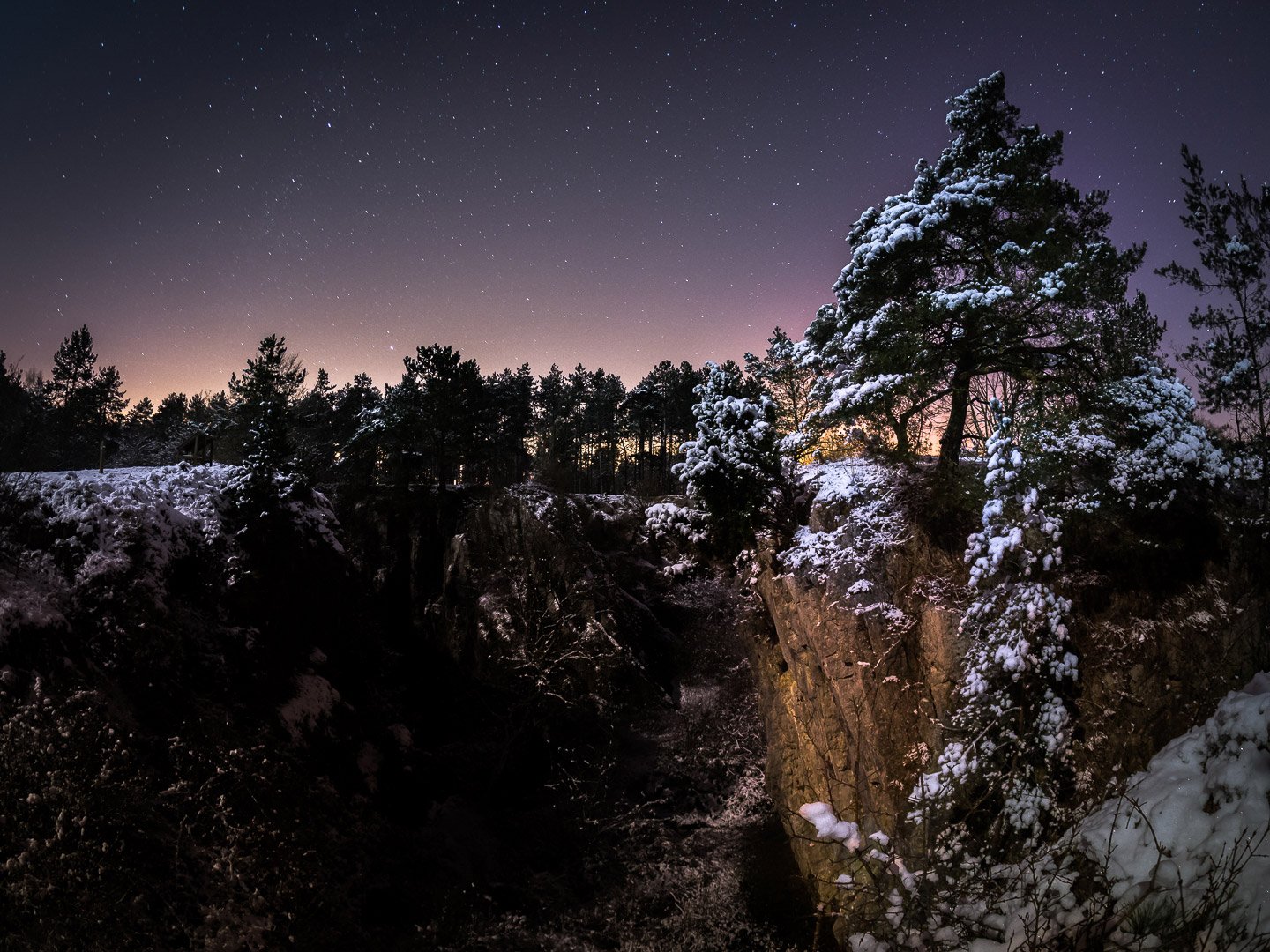
Minimalist Landscapes
If you are interested in shooting minimalist landscape photography, there are some points to bear in mind.
Choose the right location, like coastal areas, deserts, or mountains. Compose your shot without extra elements, using the rule of thirds or expansive compositions with lots of negative space.
Wide-angle lenses work well in minimal environments, letting you get close to your subject. Longer focal lengths also work by compressing the scene and blurring the background. Try aerial shots with a drone for a unique view.
Pick a striking focal point to draw the viewer’s eye, like a lone tree, building, or jetty. Stick to just a few colors to keep things simple. Focus on silhouettes against the light for more drama.
Use a tripod for minimalist landscape photography with long exposures to smooth out water or clouds. Visit at the right time of day to avoid crowds and catch the best light.
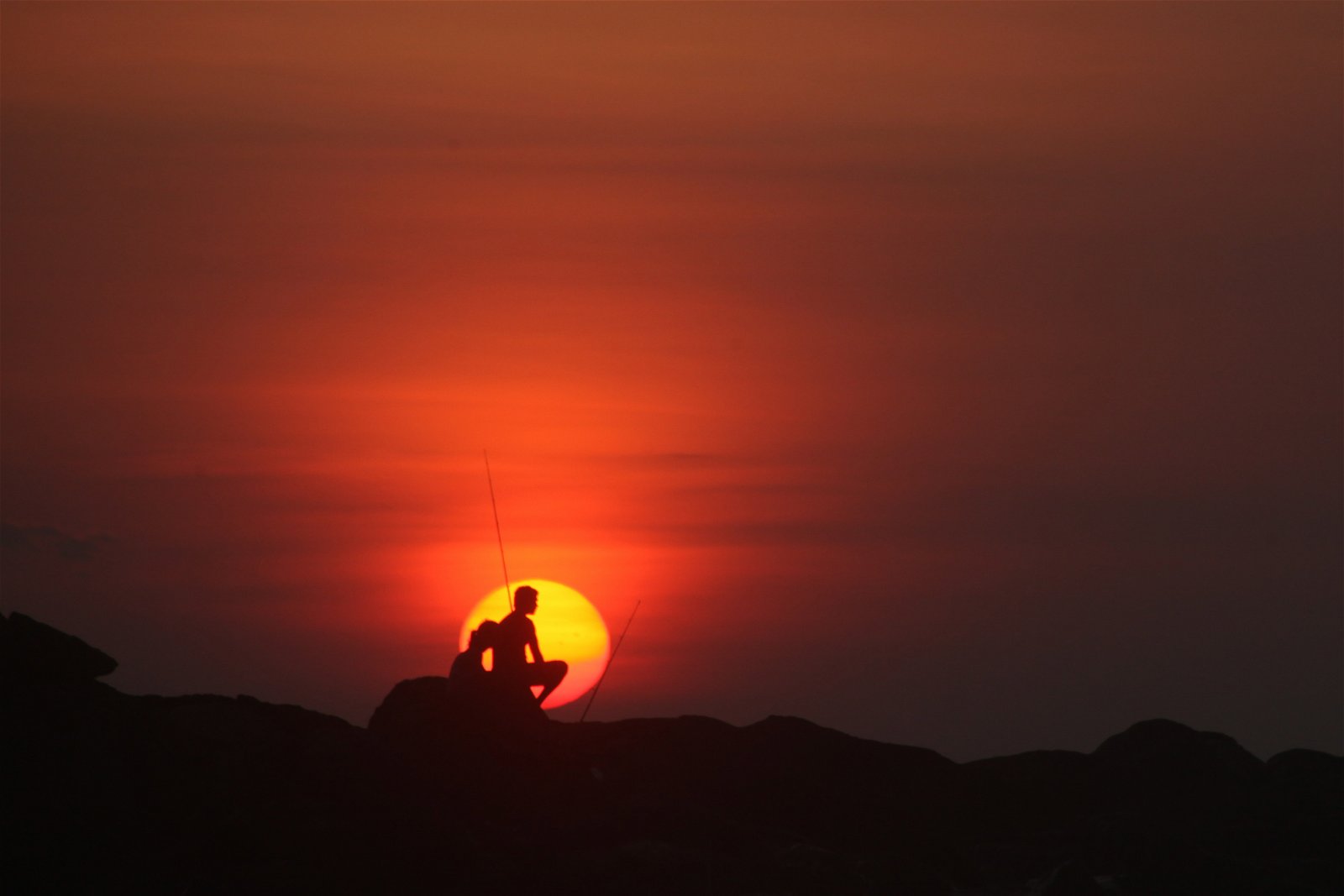
Fine Art Landscapes
Fine art landscape photography is about capturing the emotion and beauty of the natural world. It’s not just about snapping a pretty picture, but creating an image that tells a story and evokes feeling in the viewer.
To create stunning fine art landscape photos, start by pre-visualizing the final image before pressing the shutter. Think about the mood and message you want to convey. Use color and post-processing to enhance the emotion in your shots.
Composition is key in fine art photography. Look for unexpected subjects and use telephoto lenses to zoom in on interesting patterns and shapes. Always edit your photos in post to bring out the best in your images. If you want to learn more about fine art landscape photography, then our article is a great place to start.
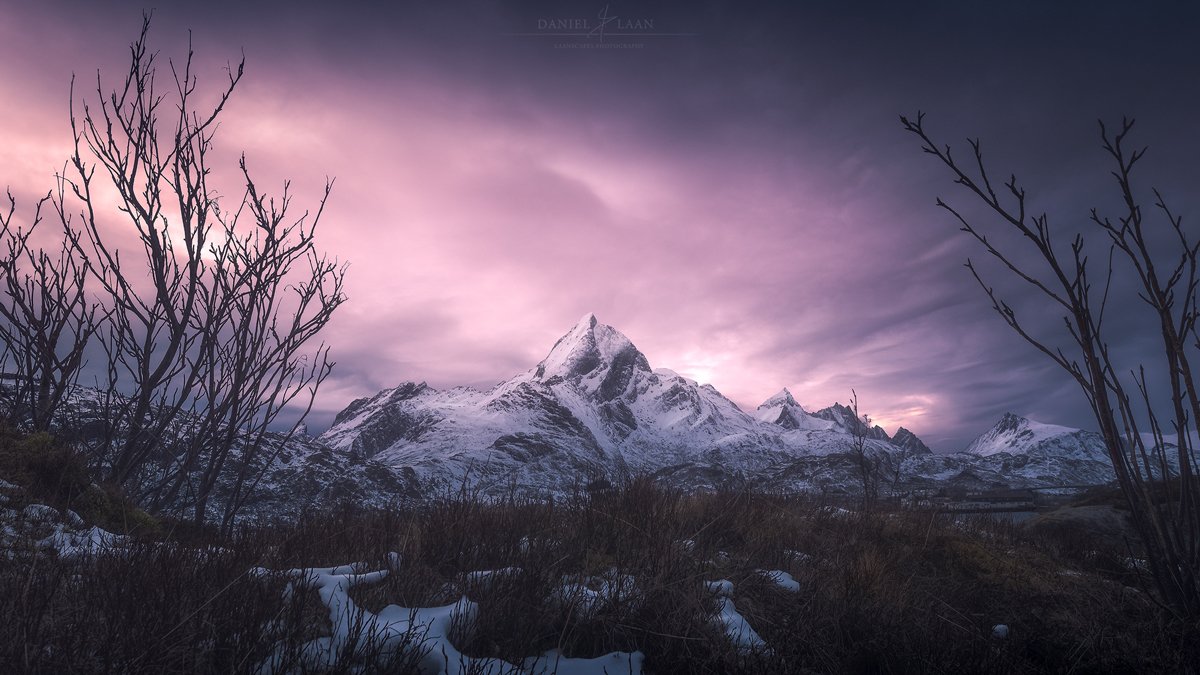
Techniques for Stunning Landscape Photography
Sometimes you get lucky, and snap a wonderful landscape on the fly. But most of the time you will find that skill, knowledge, and judgement will improve the output.
Choose Your Aspect Ratio
The aspect ratio you choose for your landscape photos impacts the composition. A 1:1 square ratio works well when there is a clear center of interest. Rectangular ratios like 4:5, 4:3, and 3:2 are good when there is both vertical and horizontal interest in the scene.
Panoramic ratios like 16:9, 2:1, and 3:1 are best when the interest lies along the horizon. You can also crop to any shape to improve your composition. Keep in mind that some aspect ratios are easier to print and frame than others.
Understanding the correct aspect ratio for landscape photography is an important factor in creating stunning images. Experiment with different ratios to find what works best for each scene.
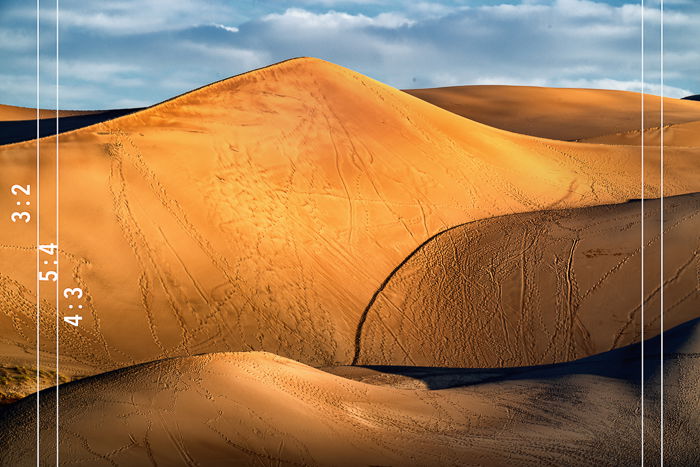
Timelapse Sunsets
To capture a stunning sunset time-lapse, you’ll need a camera, sturdy tripod, and intervalometer. Find a location with a great view and arrive at least an hour before the sun sets. This gives you time to set up your equipment and find the perfect composition.
Set your camera to Manual mode and your interval to 5-10 seconds for a smooth time-lapse. As the sun sets, adjust your exposure every few minutes to keep your photos consistent. Include a beautiful focal point that tells a story, like an interesting foreground or unique angle.
Use time-lapse software to turn your photos into a professional video. Knowing the best sunset time-lapse settings can help you create a stunning final product that captures the beauty of the setting sun.
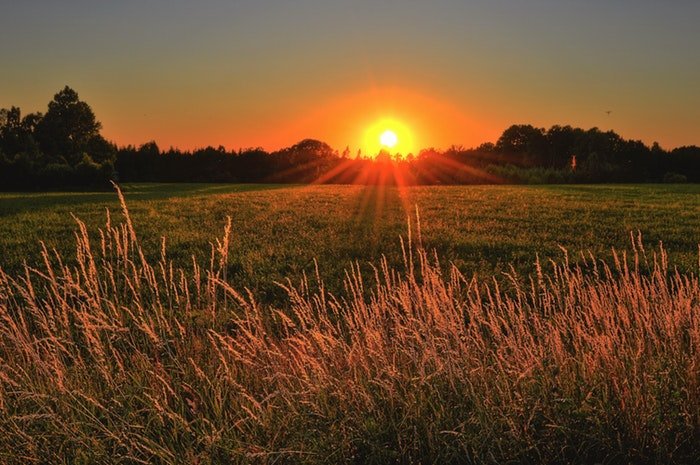
Long Exposure Sunsets
Long exposure photography is a great way to capture stunning sunsets. To get started, you’ll need a camera with manual mode, a wide or mid-range lens, and a sturdy tripod. Using a small aperture like f/11 or higher will create a deep depth of field, keeping both the foreground and background in focus.
Motion effects are important in sunset photography. Blurring water, clouds, or other moving elements can make compelling images. The slower the subject moves, the longer your shutter speed will need to be. Clouds may require exposures of 30 seconds or more to effectively blur.
Watch out for blown-out highlights and camera motion when doing long exposures. Use a remote shutter release or your camera’s timer to avoid vibration. A long exposure sunset can be a great way to add motion and interest to your shots.
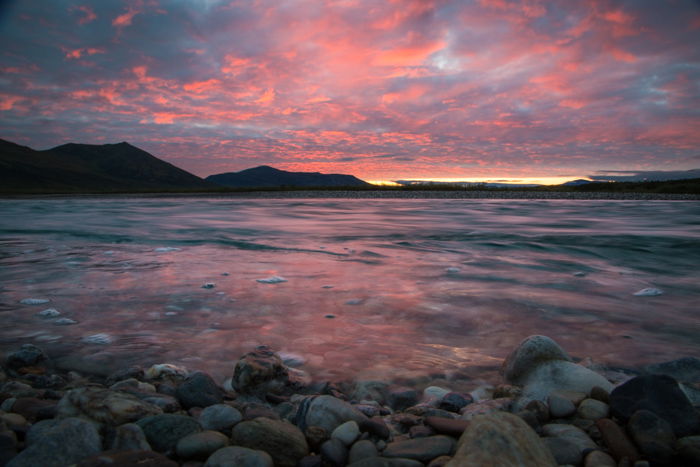
Long Exposure Landscapes
Long exposure landscape photography can take your images to the next level. Look for overcast weather to add more interest to your photos, and track the sun’s position to avoid overexposed areas. Scout the location beforehand to get a preview of your composition.
Use a tripod and focus a third of the way into the scene for sharp results. Lower your ISO to minimize digital noise and learn to read the histogram for better exposures. An ND filter can help you achieve longer exposures.
Experiment with bulb mode for exciting results, but act fast before the scene changes. Set aside enough time to ensure you get the shot. You can even use post-processing to stack your images for a long exposure effect without filters. Long exposure landscape photography requires patience and practice, but the results are worth it.
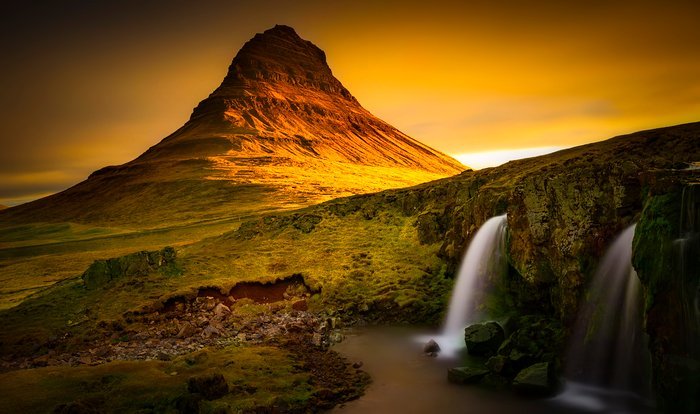
How to Make the Most of Every Season
Every season brings its own beauty. Understanding what works best for each one will help to unlock the greatest landscape photos. Snow poses different problems from bright summer sun, so it’s best to be prepared with all the knowledge at your disposal.
Seasonal Tips
Spring is a time of rebirth in nature, with flowers blooming and waterfalls swelling with melting snow. Summer brings long days and dramatic weather, perfect for astrophotography and capturing the Milky Way. Autumn’s warm colors make it a favorite season for all types of photography, from landscapes to portraits.
Winter has its challenges, with short days and freezing conditions. But snow-capped mountains and frozen waterfalls offer unique photo opportunities. No matter the season, there’s always something beautiful to capture in the landscape.
For more tips on seasonal landscape photography, from choosing the best locations to working with different weather conditions, be sure to explore our in-depth guide.
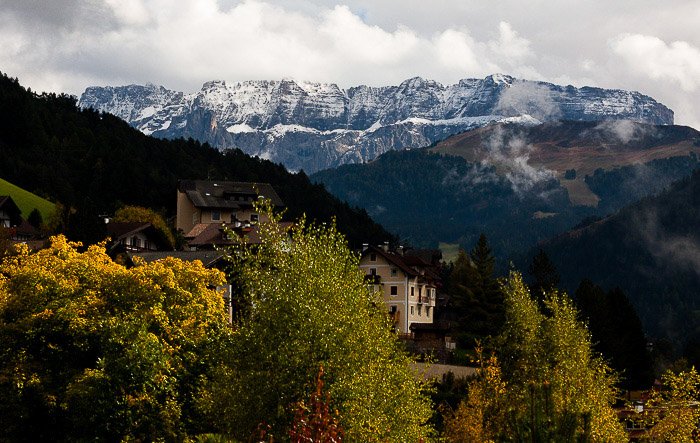
Summer Landscapes
Summer landscape photography can be challenging due to harsh sunlight and long days. To overcome these issues, shoot during sunrise or sunset when the light is softer. A polarizing filter can also help reduce haze and saturate colors.
Planning is key for summer landscape photography. Scout locations in advance to determine the best time of day to shoot. Keep an eye on the weather, as summer storms can provide dramatic photo opportunities.
Popular summer photography subjects include flowers, bodies of water, and coastlines. The Milky Way is also highly visible during summer nights, making it a great time for astrophotography. Summer landscape photography offers many opportunities to capture stunning images with the right planning and techniques.
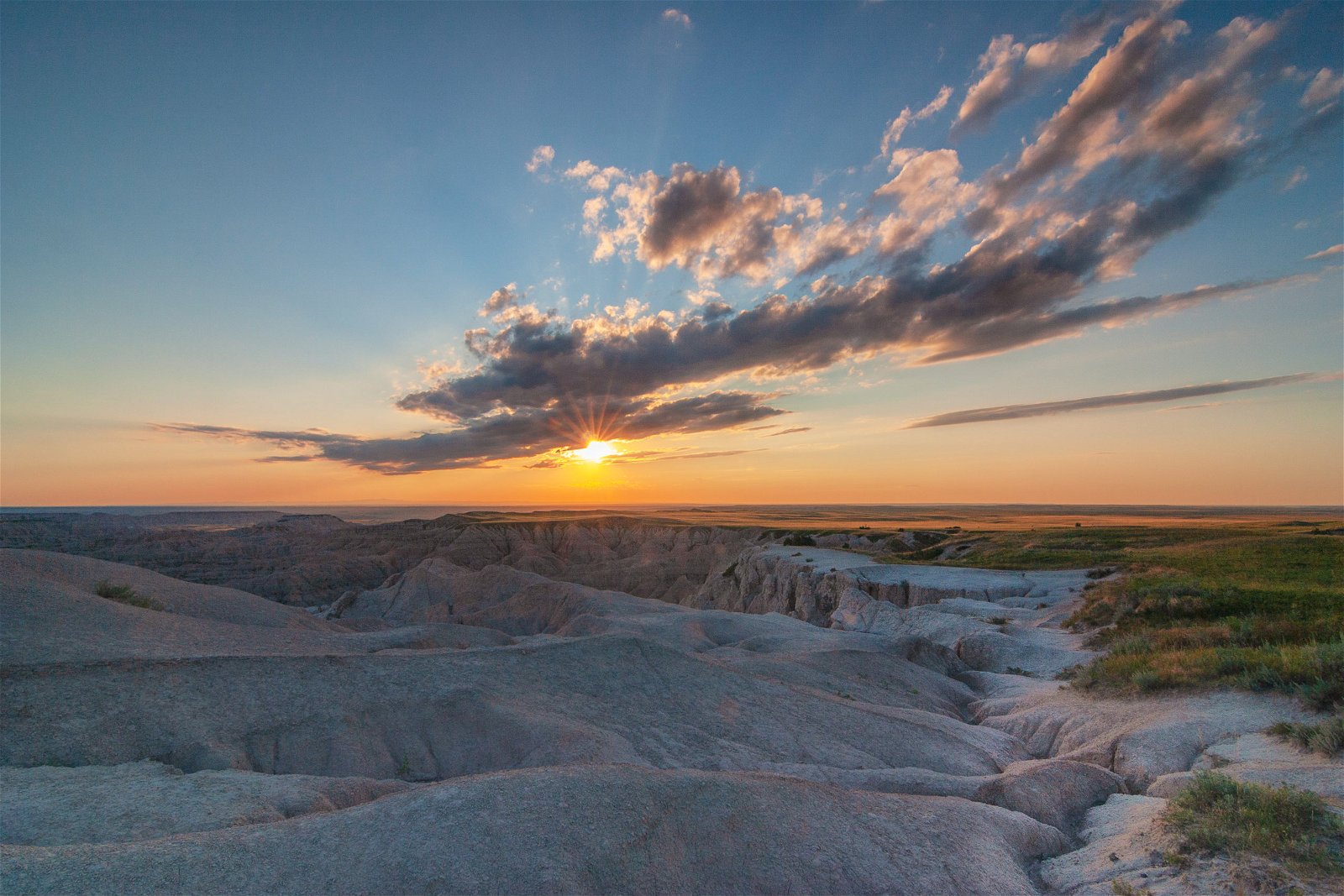
Summer and Sunflowers
Sunflowers make a cheerful and stunning subject for a photoshoot. Hold up a sunflower to your subject’s face for a fun size comparison. Find a field on a hill and shoot from a high perspective to create an endless sea of yellow flowers.
Get down low and shoot at the height of the flowers for a dramatic viewpoint. Use a shallow depth of field to make your subject stand out. Bring a flash to add more light and make the sunflowers’ colors pop.
Look for a single sunflower that stands taller than the rest and make it your focal point. To learn more about sunflower photoshoot ideas, we have a great article with additional tips and inspiration.
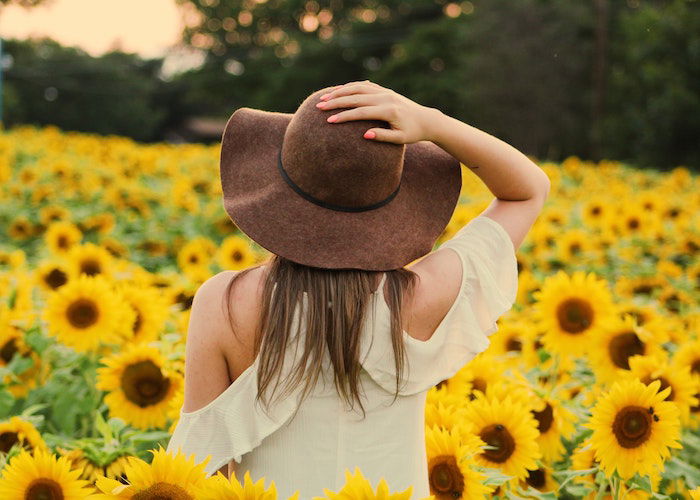
Abstract Landscapes
Abstract landscape photography pushes the boundaries of traditional landscape photography. It emphasizes visual components like shapes, textures, colors, and patterns to reimagine how we view our surroundings. Aerial perspectives can create unique, abstracted landscapes by flattening a 3D environment into a 2D canvas.
Camera movement during long exposures introduces a dynamic energy into abstract landscape photos. Converting images to black and white minimizes distractions and emphasizes composition through the interplay of light and shadow. Photographing landscapes through glass can add layers of distilled color and light.
Experimenting with bokeh, minimalist techniques, and illusions can further engage viewers. By deconstructing scenery into abstract shapes and forms, you might be surprised by the fascinating results. There’s plenty of great ideas for abstract landscape photography in our article.
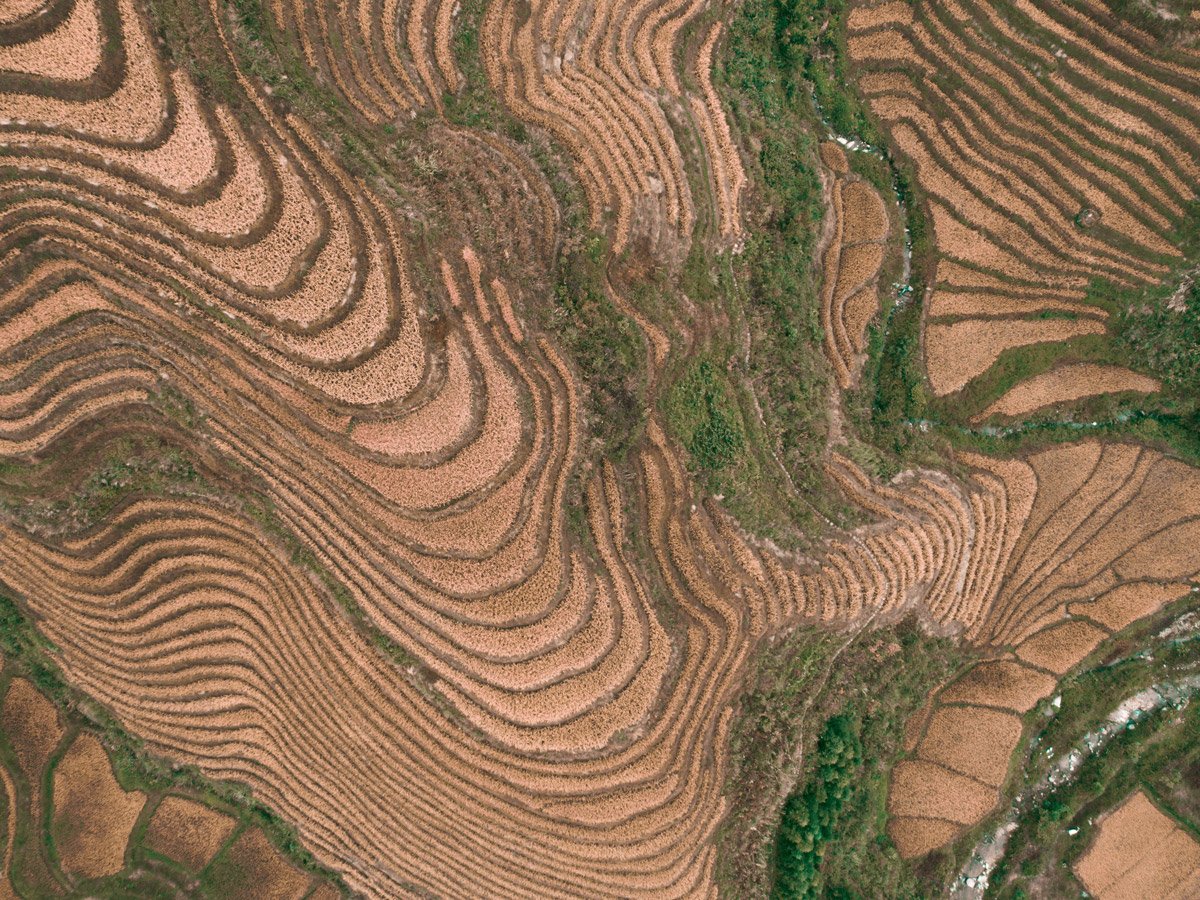
Autumn Landscapes
Autumn is the perfect time to capture stunning colors, cozy moments, and breathtaking scenery in your photos. Focus on thrown leaves to create exciting compositions, or paint them for more intense colors. Highlight the transitions between summer, autumn, and winter to show compelling contrasts.
Use monochromatic color palettes for eye-catching photos by having your subject blend in with their surroundings. Take advantage of the warm, soft light during golden hour to emphasize autumn’s colors. Capture rays of sunlight for an ethereal look, and shoot from low angles to include more foreground and background details.
Don’t forget to take photos during Halloween and Thanksgiving to capture the essence of these holidays. Use autumn produce and decorations in your food photography to bring a piece of the season inside. For a different look, take photos in fog and rain, or create cozy indoor portraits on bad weather days. Combine fairy lights with autumn colors for glowing, dreamy images. To learn more about autumn photography, check out our in-depth guide.
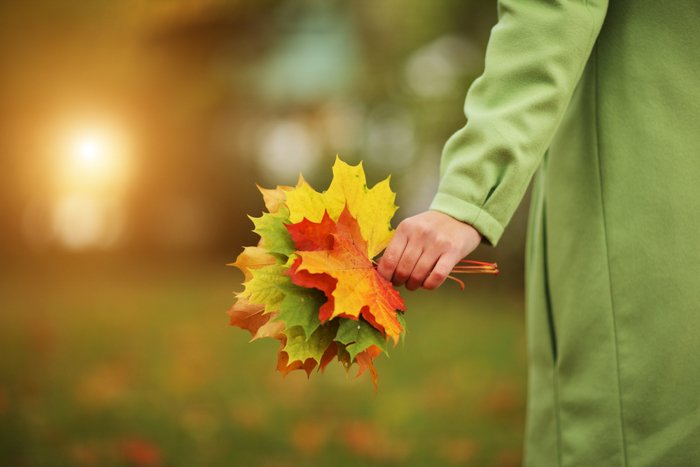
More Autumn Lanscape Ideas
Fall photography is a unique challenge. The warm colors of autumn, like yellow, orange, and red, shift our normal color scheme and force us to refocus our cameras and brains. To capture these vibrant scenes, it’s important to adjust our compositional strategies.
Start by looking at the landscape up close and capturing details. Then, step back and photograph the local landscape surrounding your focal point. Finally, take in the broad scene and all that surrounds you. By combining these three types of images, you can tell a compelling story of your fall photography experience.
When shooting wide landscapes, use the foreground to showcase the bright autumn colors and let the dramatic backdrop serve as the setting. If you’d like to learn more about fall photography, there are many helpful resources available online.
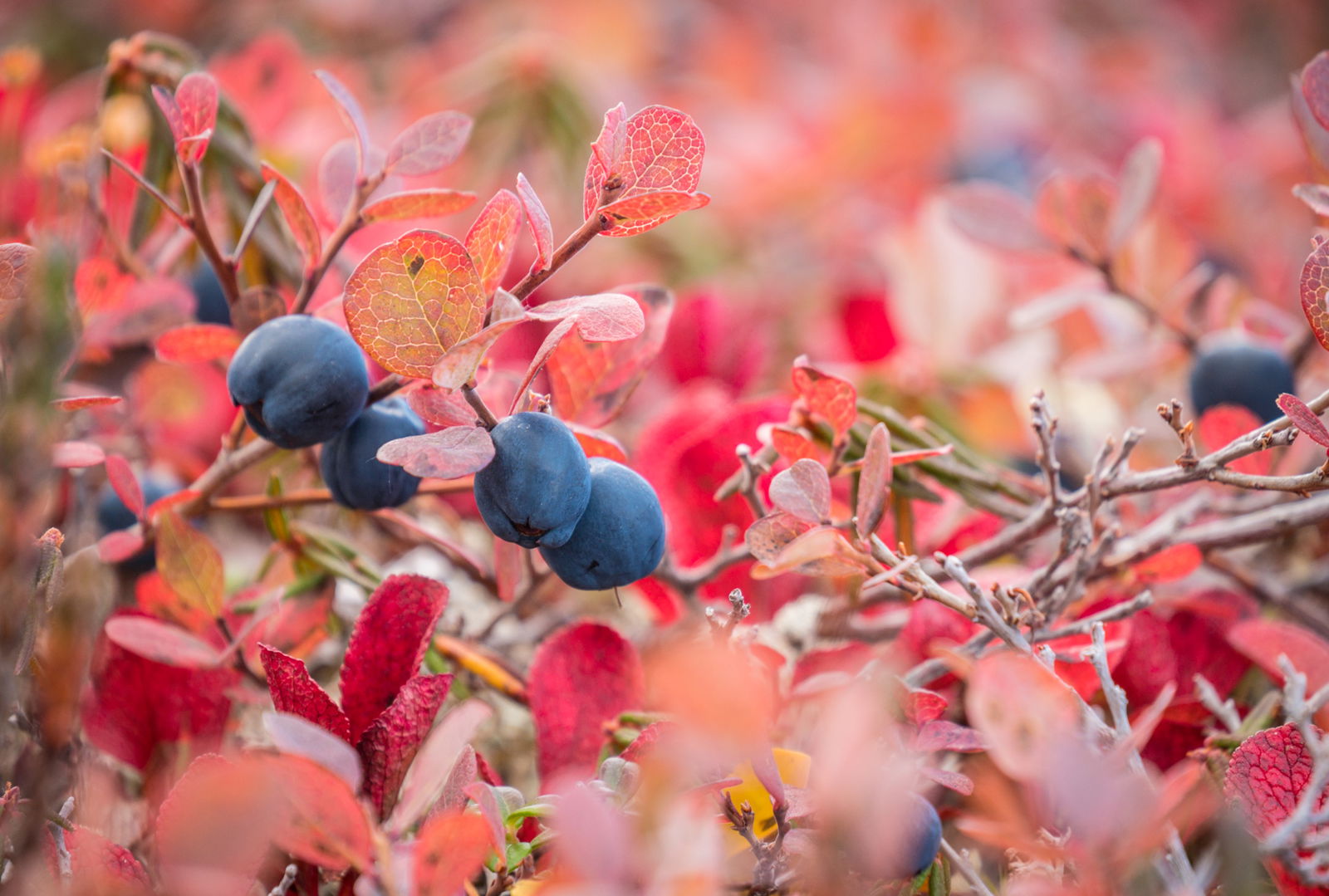
Moody Landscapes
Moody landscape photography is all about capturing the feeling of a scene. Cloudy or foggy weather can create a haunting atmosphere perfect for this style. Adjust your camera settings manually and use a tripod to avoid taking dull photos.
Shoot through objects like branches or grass to add depth and frame your subject. You can also convert your images to black and white for a more dramatic look. Enhance your photos further using the graduated filter tool in Lightroom to darken the sky and create a gloomy mood.
By choosing the right location and using these techniques, you can take your dark and moody landscape photos to the next level. We have even more tips and tricks to explore if you want to dive deeper into moody landscape photography.
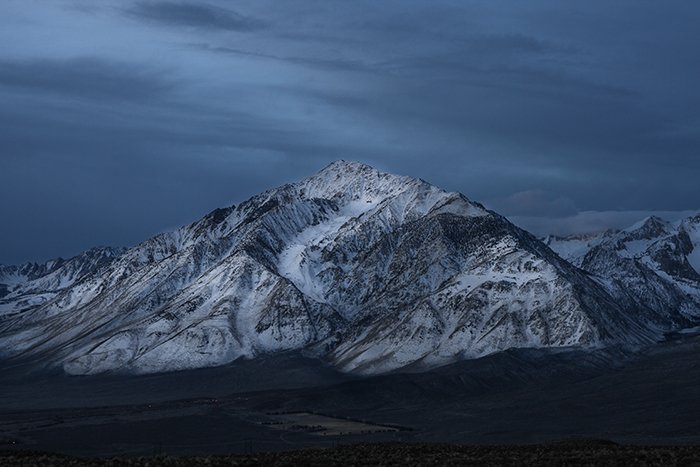
Winter Landscapes
Capturing stunning winter landscapes requires the right gear and techniques. Dress in warm layers and pack extra batteries, as cold weather drains them quickly. A small towel is also handy for wiping snow off your lens.
Plan your shoot carefully to avoid spending too much time in the cold. Early morning light creates a soft, warm glow on the snow. Keep your spare battery in an inside pocket to preserve its charge, and avoid breathing on the front of your lens to prevent condensation.
Snow can trick your camera’s meter, so overexpose slightly or use exposure bracketing. A larger f-number will keep more of the scene in focus. Experiment with different shutter speeds to freeze or streak falling snow. Look for contrasting colors and interesting patterns to compose your shots. To learn more about winter landscape photography, check out our in-depth guide.
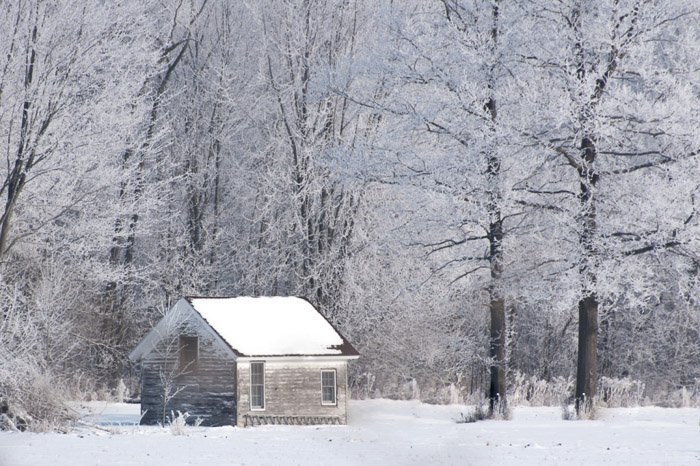
Winter Photography Ideas
Winter photography offers exciting opportunities to capture stunning, surreal images. To make the most of the season, dress warmly and bring a hot beverage to stay comfortable in the cold. Overexpose your photos to achieve a soft, dreamy effect with the gentle ambient light reflecting off the snow.
Winter is perfect for heartwarming couple and portrait photoshoots. Have your subjects wear cozy outfits with scarves, hats, and gloves to contrast against the snowy backdrop. You can also capture the season’s moody side by using winter fog as an eerie background for lonely, distant figures.
Explore the beauty of winter through macro photography of snowflakes, frost, and frozen soap bubbles. Capture the magic of the season in landscapes showcasing golden light reflecting off the snow or dramatic contrasts between warm and cool tones during sunrises and sunsets. Winter photography offers endless creative possibilities to capture the essence of this enchanting time of year.
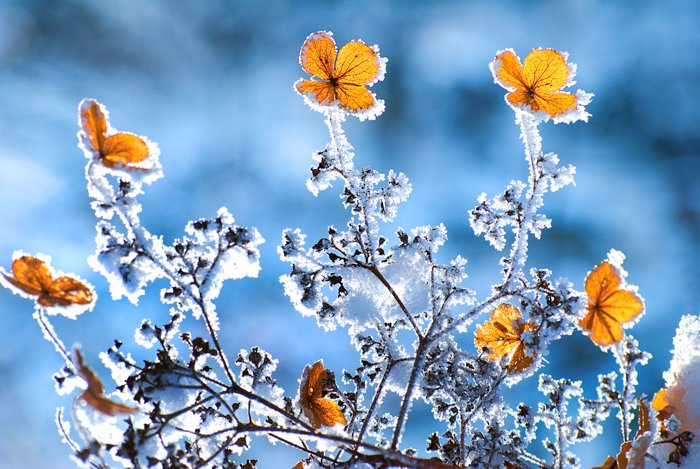
How to Photograph Water Landscapes
As much as the landscape is ever-changing, water is even more so. It moves and ripples, or it rests, mirror-like reflecting the sky. Using your skills you can create dreamy, soft long-exposure waterfalls, or capture droplets in frozen glory.
Camera Settings
To capture the beauty and power of water in your photos, you need to use the right settings. Long exposure is a common technique for moving water, turning restless seas into fog-like surfaces or calm rivers into smooth mirrors. Determine the shutter speed based on the effect you want to achieve, typically anywhere from 1 second to infinity.
Freezing motion in water photography requires fast shutter speeds, at least 1/100 sec or 1/200 sec, depending on the speed of the water and your focal length. Experiment with different exposures to control the length of water drop trails. Keeping the water’s fluidity is important, and a great starting point is 1/2 seconds, adjusting from there.
The shutter speed ranges from ultra-long exposure to ultra-fast, depending on the desired final look. Aperture and ISO play roles in achieving the necessary exposure. Learning more about water photography settings will help you to capture stunning water images.
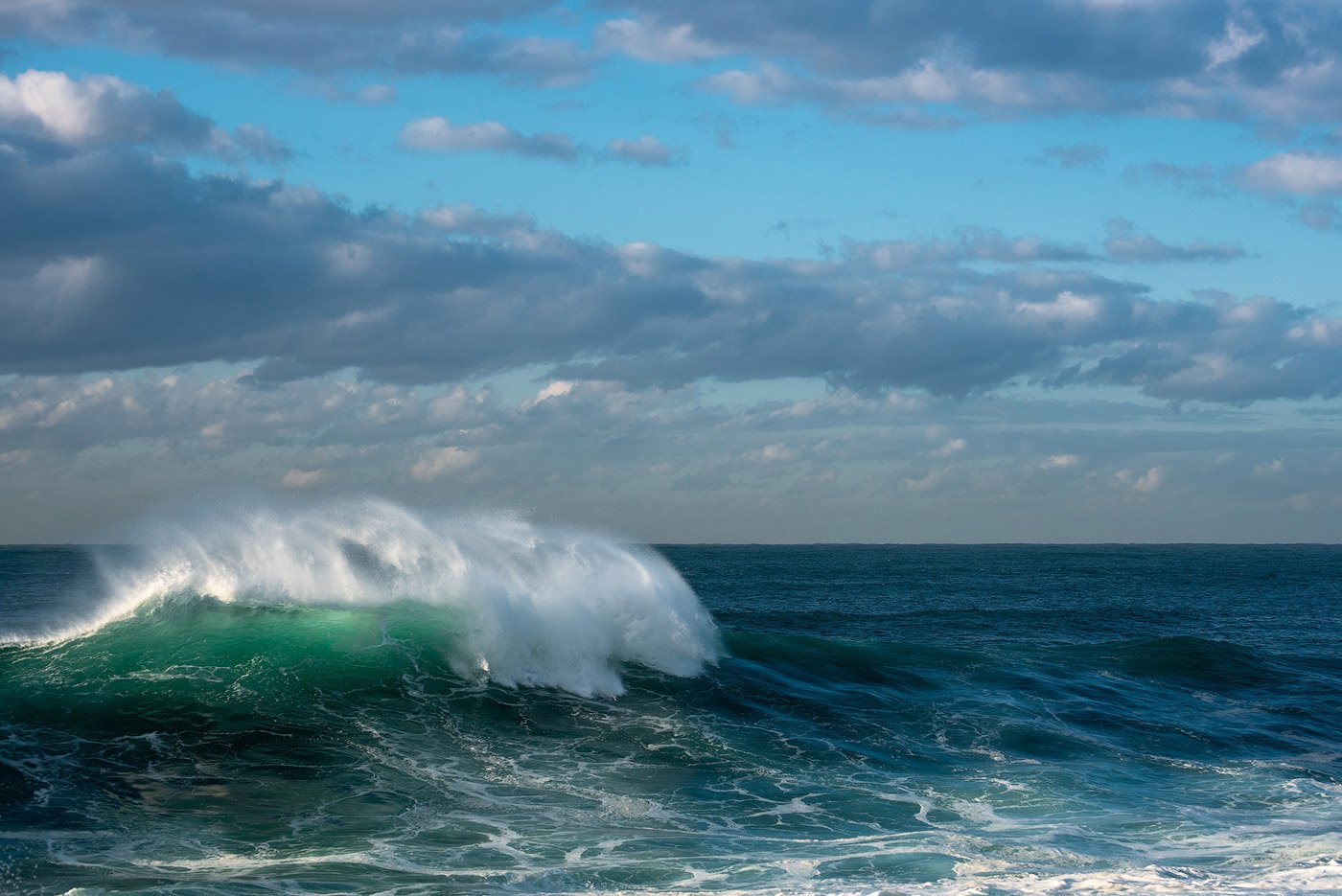
Photographing the Ocean
Ocean photography captures the beauty and power of the sea. To get stunning shots, you need the right gear like a sturdy tripod, water shoes, microfiber cloths, and filters. Safety is important when shooting near the ocean, so watch out for rising tides, strong waves, and slippery rocks.
Long exposure is a key technique that smooths out the water’s motion. Experiment with shutter speeds from 1/4 second to 10 seconds for different effects. You can also capture interesting patterns by timing your shots with incoming and receding waves.
Look for opportunities to photograph reflections in rock pools, puddles, and wet sand. Telephoto lenses are great for balancing compositions and focusing on distant features. When shooting ocean waves, use a fast shutter speed of at least 1/250 second. Finally, incorporate sunbursts into your seascapes by partially obscuring the sun behind rocks or cliffs. Ocean photography takes practice, but the results are worth it.
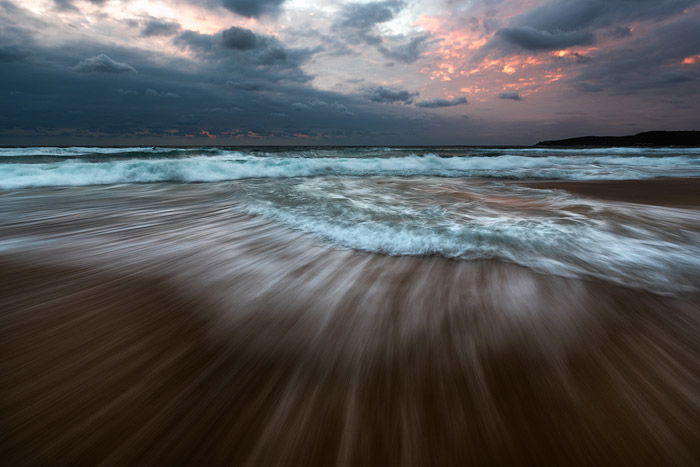
Long Exposure Ocean Photos
Long exposure photography is a great way to capture stunning beach photos. A sturdy tripod is essential to avoid camera shake from wind and waves. Use neutral density filters to reduce the amount of light entering the camera, allowing for longer exposures.
Shooting from a cliff can smooth out the waves and create a level sea with soft color transitions. This works best with rugged elements like cliffs and fast-moving clouds. Foggy water effects are achieved by averaging the movement of waves over a long exposure, creating a misty look around solid objects like rocks.
Water trails on the sand are created by photographing receding water with exposures around 1/2 to 2 seconds. Ultra-long exposures of 30 seconds or more can completely smooth out water and clouds for a surreal effect. Abstract ocean photography combines medium-length exposures with zooming, focusing on movement, lines, and colors. If you’d like to learn more about long exposure beach photography, check out our article.
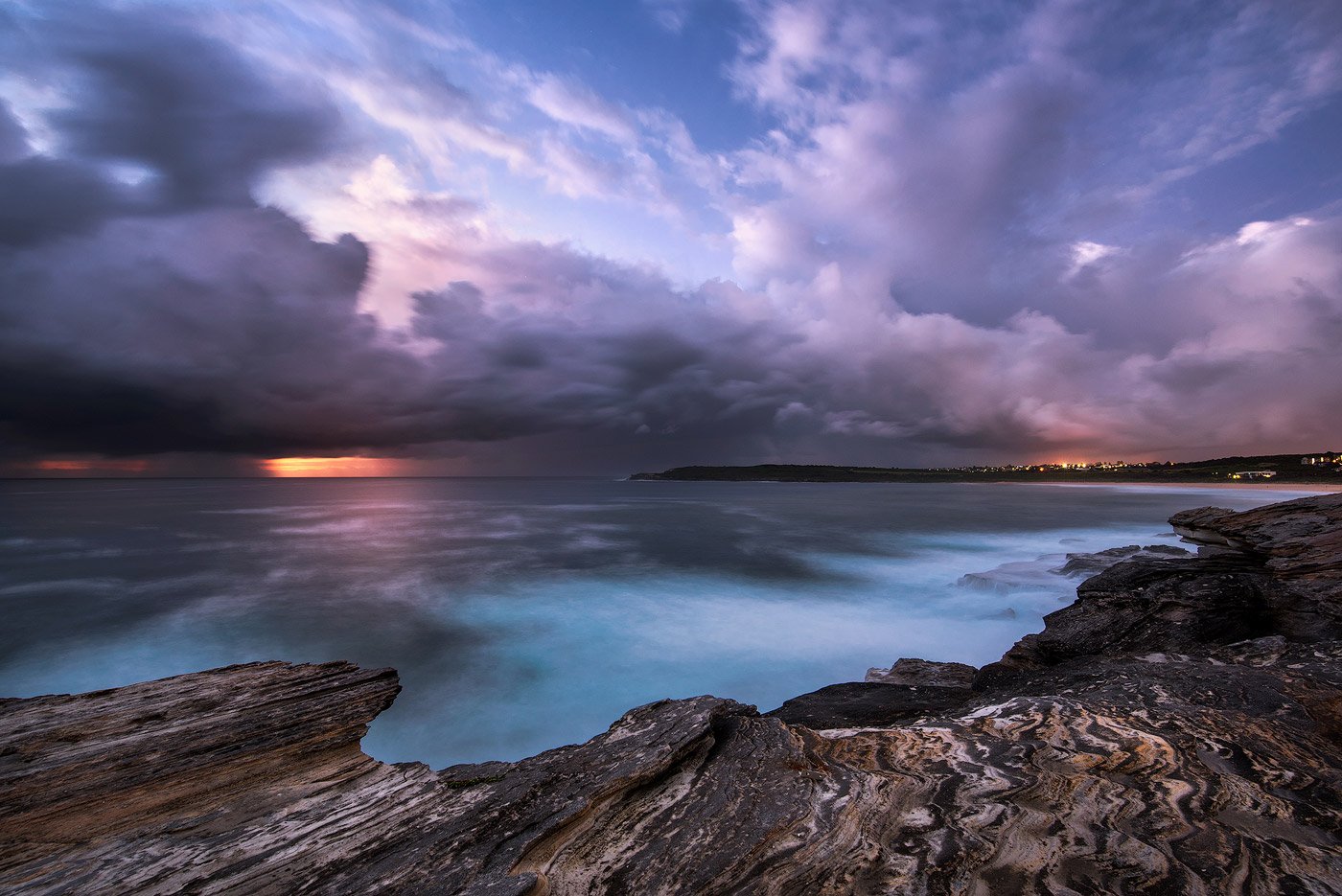
Practical Tips for Seascape Photography
Seascape photography captures the beauty and power of the ocean. To get the best shots, use a sturdy tripod and don’t be afraid to get wet. Check the tide and swell before shooting to ensure your safety.
Use a small aperture like f/8 to maximize depth of field. Look for reflections in tidepools and wet sand to add interest to your compositions. Experiment with different shutter speeds to capture the motion of the waves, from smooth long exposures to frozen splashes.
Shoot from different vantage points, like sea level or high on a cliff. Use the waves themselves as subjects or foregrounds. Try shooting at various times of day and with different lenses for diverse seascape images. Seascape photography is a challenging, but rewarding field of work.
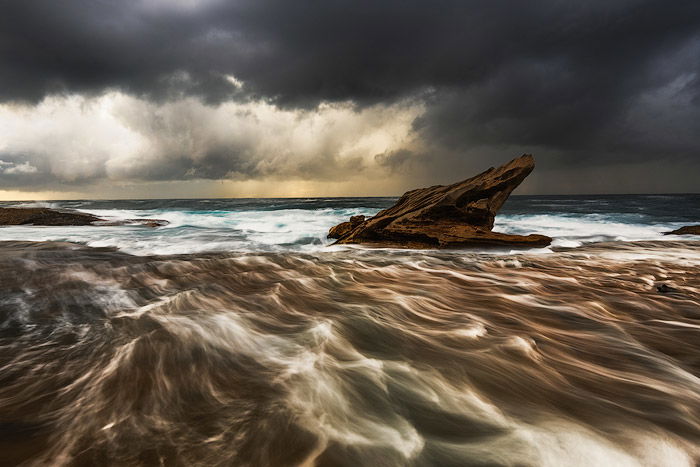
Beach Photography Ideas
Beaches offer stunning landscapes for photography. To avoid crowds, go during off-peak hours or to less popular locations. Including people in your shots can add interest, but be respectful of their privacy.
The golden hour just after sunrise or before sunset provides a magical light for beach photos. Look for interesting details like shells, footprints, and textures to capture unique close-ups. Experiment with shutter speeds to freeze crashing waves or create a silky water effect using long exposures.
Bring a polarizing filter to reduce glare and enhance colors, especially in the sea. Beaches are also great for silhouettes and playing with color temperature to set the mood. With so many creative possibilities, you can always find something interesting for your beach photography.
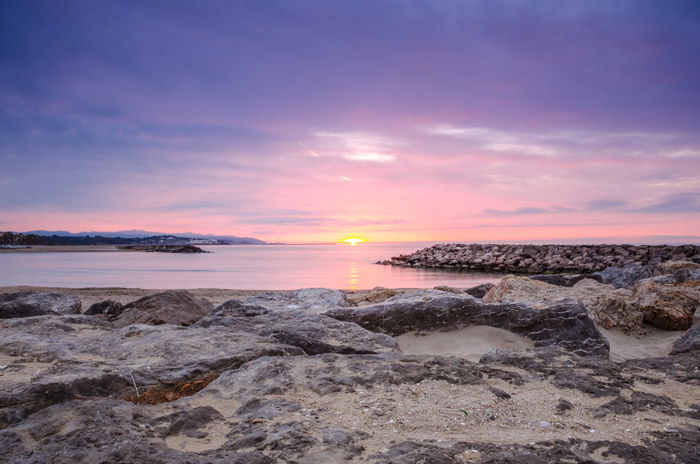
Waterfalls
Capturing stunning waterfall photos requires the right gear and techniques. A sturdy tripod is essential for stability, especially when shooting long exposures. Use a circular polarizing filter to reduce reflections and bring out the colors in the water and surrounding foliage.
Composition is key. Take time to explore different angles and perspectives before setting up your shot. Look for interesting foreground elements, like rocks or fallen leaves, to guide the viewer’s eye towards the waterfall.
When it comes to camera settings, shoot in aperture priority mode with a small aperture (f/9 or higher) for a large depth of field. Use a slow shutter speed to create a silky, smooth effect on the moving water. To learn more about waterfall photography, check out this in-depth guide.
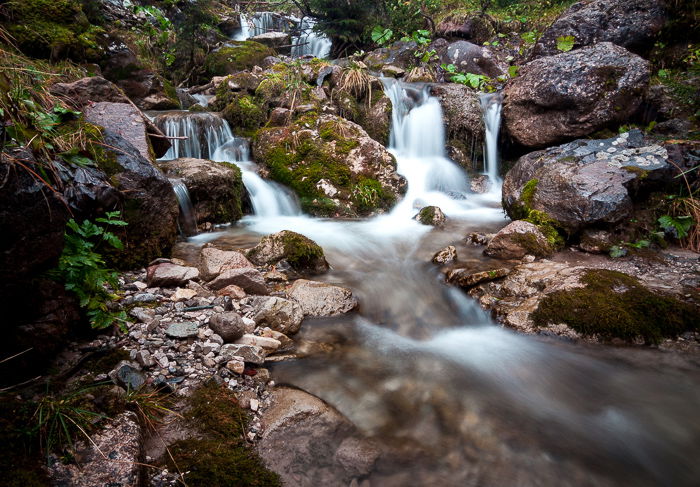
Tips for Capturing Different Types of Weather
Every type of weather brings its own glory, and its own challenges. Knowing how to prepare, and the best techniques to use, can lift your landscape photography to a new level.
Fog
Photographing fog can create mystical, ethereal images. To capture the best shots, be mobile and ready to move with the fog as it shifts. Use light to your advantage by positioning yourself so the light comes from behind the fog, illuminating the scene with a soft glow.
Fog can make autofocus less effective, so switch to manual focus and identify a sharp object to lock your focus. Shoot in RAW to have more control over white balance and tone when editing. And watch for condensation building up on your lens.
Fog photography takes practice to master. Don’t be discouraged if your first attempts are unsuccessful. With time and experience, you’ll soon be capturing stunning, moody landscapes shrouded in fog. If you want to dive deeper into fog photography, we have more tips to help you create magical images.
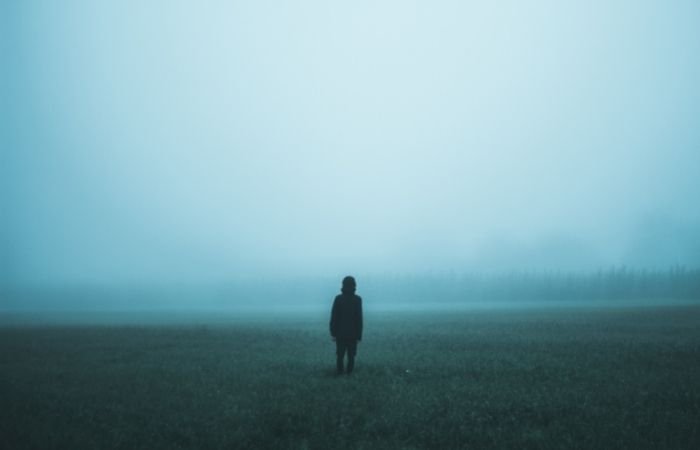
Snow
Snow photography can be challenging, but with the right techniques, you can capture stunning winter scenes. Shoot in RAW format to preserve detail in the bright snow. Use your camera’s histogram to ensure a correct exposure and avoid overexposed or underexposed images.
Set your white balance manually to compensate for the blueish tone of snow in shade. A lens hood and polarizing filter can help limit unwanted reflections from the snow. Dress warmly in layers, wear sunglasses to prevent snow blindness, and use a rain cover to protect your camera from moisture.
Capture the magical light of winter sunrises and sunsets for added contrast and interest in your snow photos. Emphasize the unique tones and minimalist look of snowy scenes. For more in-depth snow photography tips and techniques, be sure to explore our comprehensive guide.
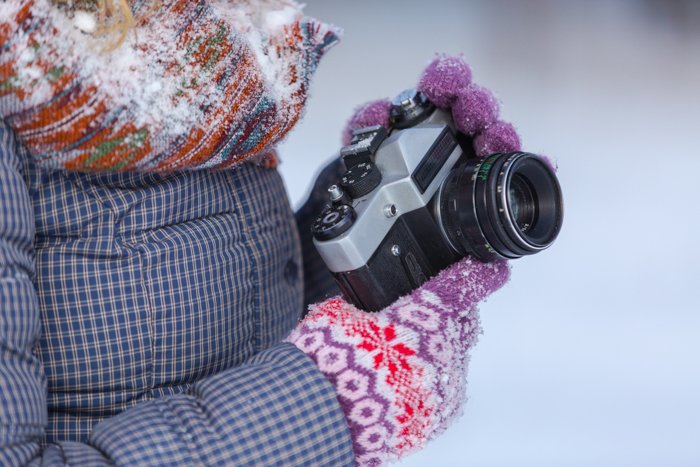
How to Use Light in Your Landscape Photography
Whether it is moonlight or searing noonday sun, understanding light is essential for the best landscape photography results. The light that is available, and how you use it, can shape your photos. It’s worth taking the tine to learn the best tips for using it to its fullest potential.
Find the Best Light
The quality of light changes throughout the day, and some types of light work better for specific genres than others. Midday light can be harsh, but it’s great for bringing out textures in your photos. Use a polarizing filter to avoid overexposure and darken bright areas like the sky.
Shooting in the shade or indoors during midday can create a soft, glowing effect. Cloudy days provide even lighting that’s ideal for outdoor photography, especially in open spaces like fields or beaches.
Golden hour, the time before sunset and after sunrise, is a favorite among photographers. The warm, soft light enhances landscapes and creates a dreamy atmosphere for portraits. For a unique look, try shooting during blue hour, the 20-30 minutes before sunrise or after sunset, to capture a magical blue hue. Time spent learning about light quality for photography will be time well-spent.
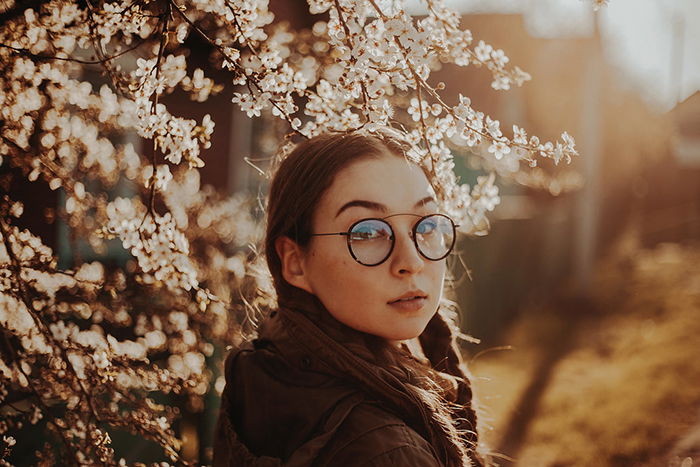
Make the Most of Natural Light
Natural light is one of the best sources for stunning photography. Shooting during the golden hours of sunrise and sunset provides soft, warm light that flatters subjects. Midday sun creates harsh shadows that can be used for dramatic effect.
Experiment with different angles, like side lighting to highlight contours or backlighting for a glowing effect. Indoors, window light is a great option for soft, natural illumination. Reflect light off surfaces to create a unique look or use dappled light through leaves for interesting patterns.
Don’t let bad weather stop you – overcast skies provide even, diffused light that’s perfect for portraits. Use a polarizing filter to enhance colors and soften harsh midday light. Natural light photography offers endless creative possibilities for stunning images.
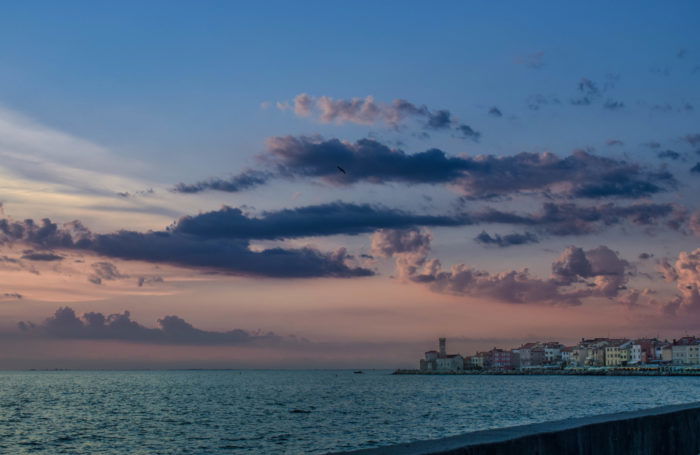
Side Lighting
Side lighting is a powerful technique that can add depth, drama, and emotion to your photos. It involves lighting your subject from the side, creating a strong contrast between the illuminated and shadowed areas. This type of lighting is perfect for emphasizing textures, shapes, and forms in your subject.
To use side lighting effectively, position your light source at a 45-degree angle from your subject. This will create a balance between the lit and shadowed areas. Experiment with the distance and intensity of the light to control the contrast and mood of your image.
Side lighting is particularly useful in portrait photography, where it can highlight facial features and create a sense of character. It’s also effective in landscape photography, especially during sunrise or sunset when the sun is low on the horizon. If you’d like to learn more about side lighting, there are many great resources available to help you master this technique.
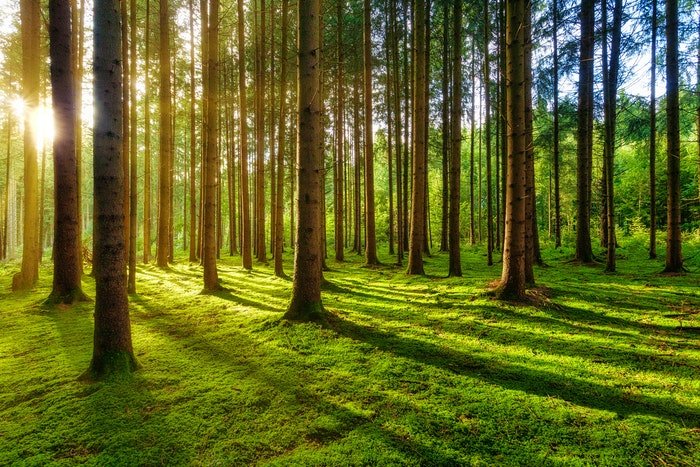
Tips for Aerial Landscape Photography
Once the preserve of the big budget, aerial photography is now within the grasp of many of us. Drones, in all their shapes and sizes, bring us a fresh view on the world. I you’re thinking of moving to drone photography for landscape work, we’ve got some great advice for you.
Using Your Drone
Drone photography offers a unique bird’s eye view perspective, allowing you to capture stunning landscapes, cityscapes, and architecture from new heights. To get started, it’s important to choose a quality drone with a good camera resolution and practice flying exercises to build confidence and skill.
When shooting, consider composition techniques like the rule of thirds, patterns, and including people for scale. Editing your drone photos in Lightroom or Photoshop can further improve them, and you may want to try converting some to black and white for a dramatic look.
If you’d like to learn more about drone photography, our comprehensive guide covers everything from safety measures and gear to creative shooting ideas and post-processing tips.
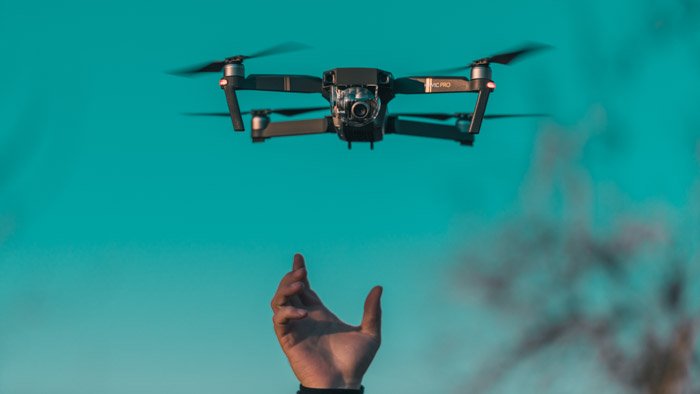
Top Tips for Drone Photography
Drones have opened up a whole new world of landscape photography. To take your aerial images to the next level, keep your drone close to the ground. This allows the camera to see the contours of the landscape and capture more detail.
The best time for drone photography is about 30-60 minutes after sunrise and before sunset. The sun is low but still high enough to light up the whole scene. Use side-lighting to reveal the shape and depth of the landscape.
Look for symmetry and contrasting textures in your compositions. Drone photography can have a painterly feel due to the way it captures the textures of the landscape. To learn more about landscape drone photography, we have a great in-depth article that covers everything you need to know.
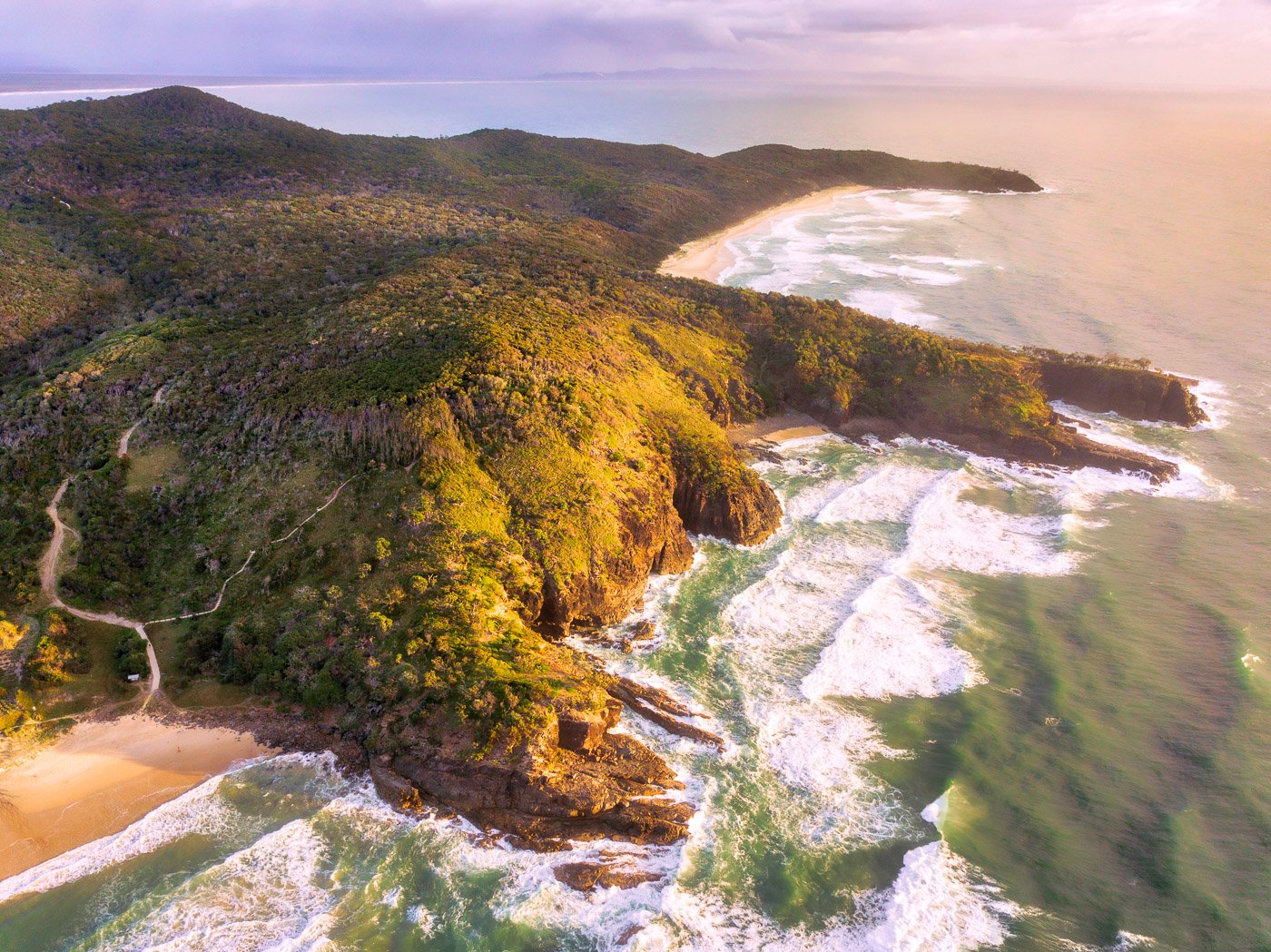
Best Drone Apps
Drone apps make flying and capturing photos easier than ever. AirMap is a must-have, providing location-based flight restrictions for over 20 countries. Google Maps helps find the best places to launch and plan compositions.
PhotoPills is incredibly useful, allowing you to plan shots based on the sun’s movement and your flying altitude. UAV Forecast gives detailed weather info like wind speed, cloud cover, and rain chances.
DJI Go and Litchi are great for controlling DJI drones, offering intelligent flight modes and mission planning. With so many helpful drone apps available, you’ll be capturing stunning aerial shots in no time.
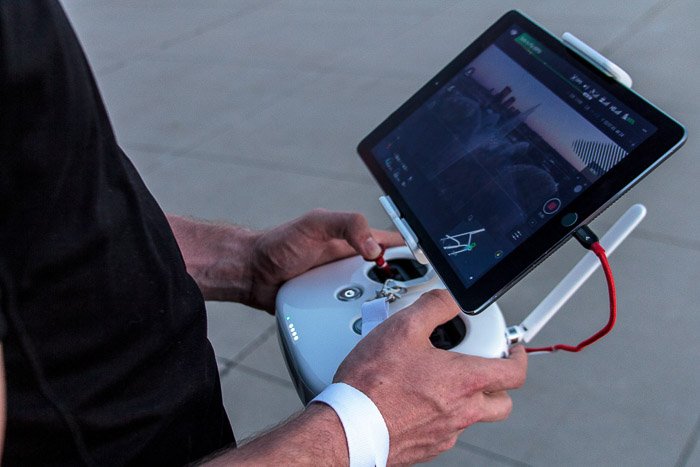
ND Filters for Drones
Using a drone ND filter can help you capture stunning aerial photos in bright sunlight. ND filters reduce the amount of light entering the lens, allowing you to use slower shutter speeds without overexposing your images. This is especially useful for creating motion blur in drone videos, giving them a more professional look.
When choosing an ND filter, consider the intensity level you need based on the lighting conditions. ND filters come in different strengths, such as ND4, ND8, ND16, and ND32, with higher numbers indicating less light transmission. It’s important to invest in a good quality filter pack to ensure the best results.
To use an ND filter effectively, shoot in manual mode to have full control over your camera settings. Adjust your shutter speed and ISO to achieve the desired exposure while using the ND filter. With the right combination of settings and a drone ND filter, you can capture beautiful aerial photos and videos in even the brightest conditions.
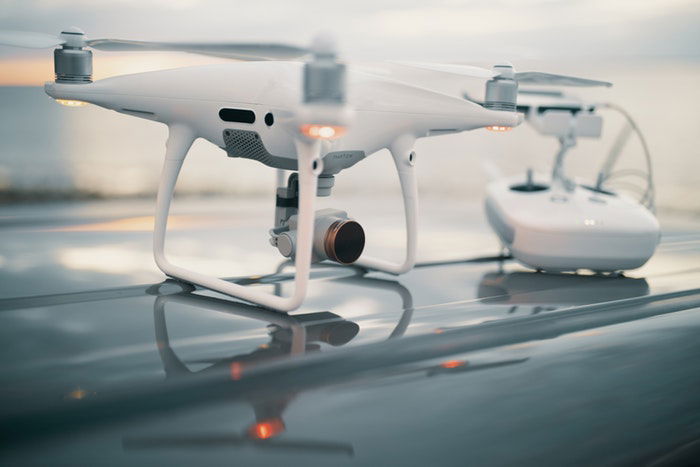
Hot Air Balloons
Arriving early to a hot air balloon event allows you to scout the location and secure a good spot before the crowds arrive. Don’t just focus on the inflated balloons – photograph the preparation process too, like unrolling the balloon and attaching the basket. This adds variety to your photos.
Get close-up shots of the colorful balloon material to fill the entire frame. Interact with the crew and get close to capture candid photos. Frame your shot and wait for the perfect moment as the balloon moves into position.
Incorporate points of interest like buildings, people, or landscapes to add context to your balloon photos. Research beforehand to find unique perspectives that stand out. For an extraordinary experience, photograph the balloons from the air. Speak to the operator to secure the best spot in the basket. Adjust your camera settings based on the available light and your creative vision. Always prioritize safety and be careful around the balloon fabric and ropes. To learn more about hot air balloon photoshoot, check out this in-depth guide.
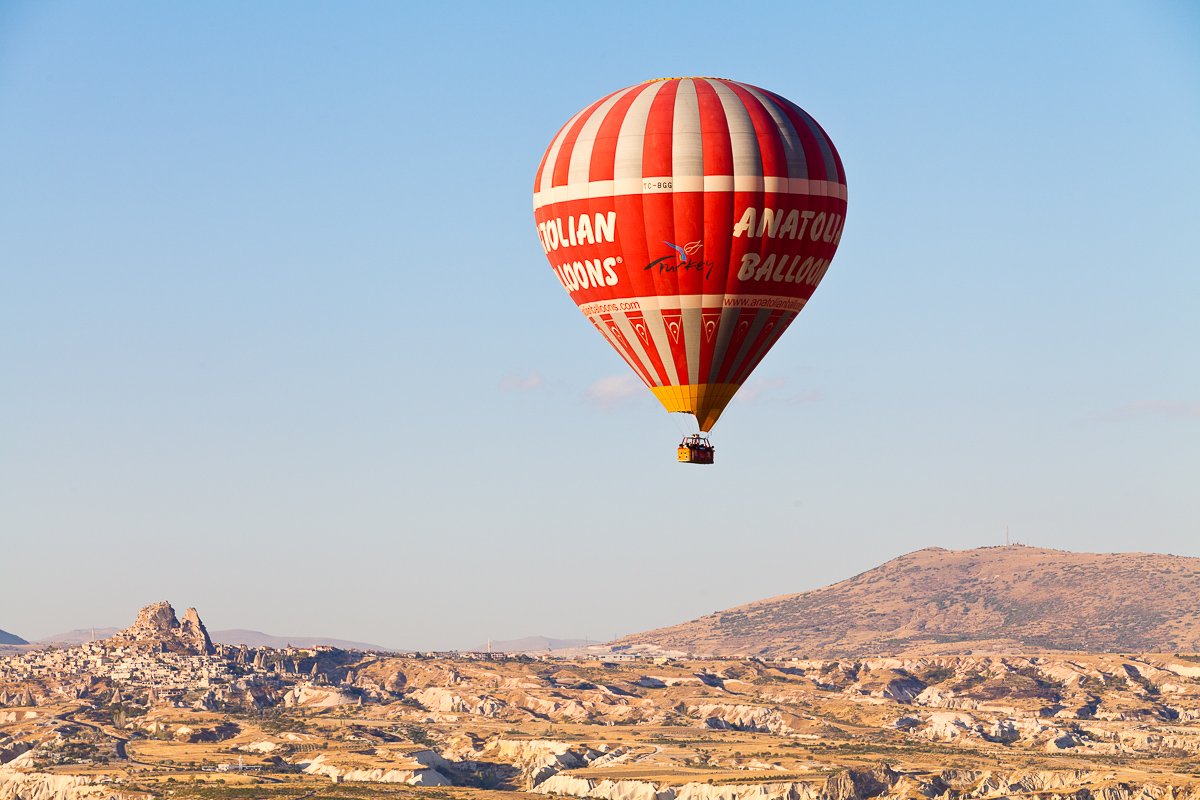
Aerial Landscape Photography
Aerial photography offers a unique perspective on the landscape. By capturing scenes from above, you can create abstract images that play with our understanding of the environment.
To find potential locations, use Google Earth to explore areas from a satellite view. Keep in mind that factors like season and weather can change how the landscape looks in person.
Drones provide flexibility for aerial photography. Their small size allows for quick adjustments to your perspective and the ability to fly close to uneven ground or trees. Always follow local regulations when flying drones. For a longer range and higher altitudes, consider photographing from a fixed-wing aircraft or helicopter. Incorporate artistic elements like lines, shapes, and colors to add depth and interest to your abstract aerial landscapes. Applying the principles of art and design, such as balance, rhythm, and emphasis, will further enhance your compositions.
By exploring aerial landscape photography, you can depict the essence of an environment in a unique and intriguing way.
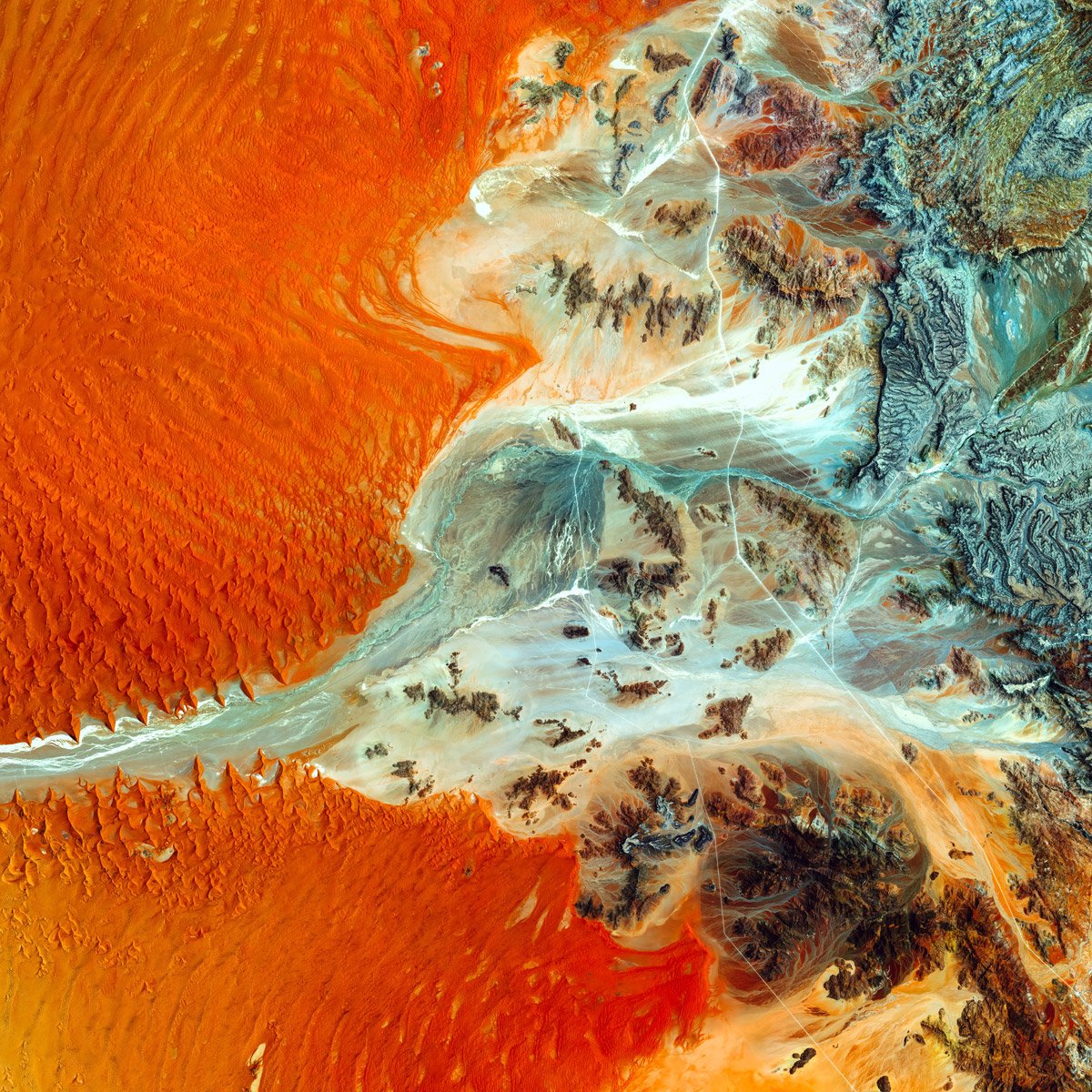
How to Pick the Best Locations for Landscape Photography
It’s never been easier to plan a landscape shot. Find the location on Google Maps, check the location of the sun at the proposed shooting time, and get weather updates. All of these things make the landscape photographer’s life much easier.
Scouting for Locations
Location scouting is key to successful landscape photography. Thorough online research using tools like Google Maps, Wikiloc, and Alltrails can help you plan your trip. Asking locals for advice on the best spots and how to get there is also very useful.
Understand the seasons and weather patterns of your destination. This helps you pack the right gear and prepare for the conditions. Constantly monitor the weather forecast so you know what to expect during your shoot.
Always carry a map and tell people your route in case of emergencies. Pack a first aid kit, rain gear, and a power bank. And don’t forget to bring a camera to capture any stunning scenes you find while scouting. If you’d like to learn more about planning landscape photography, we have an in-depth guide that covers everything you need to know.
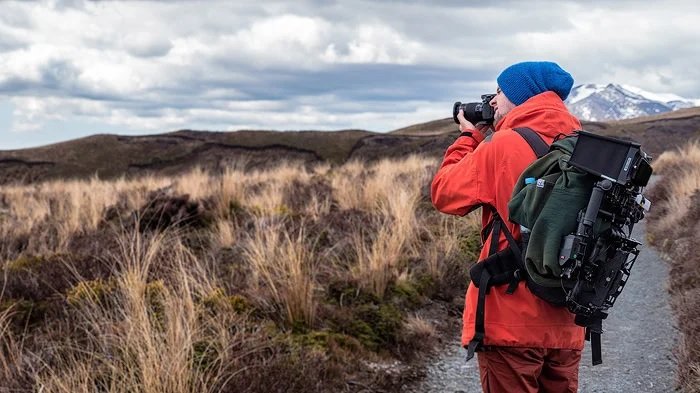
Iconic Locations
From the towering cliffs of Zion National Park to the ancient ruins of Machu Picchu, the world is full of iconic places that offer stunning photography opportunities. Zion National Park in Utah, USA, boasts dramatic landscapes and narrow canyons carved by the Virgin River over centuries. The park’s reddish sandstone walls and wildflowers in spring make it a must-visit for landscape photographers.
Across the Atlantic, the Pyramids of Giza in Egypt stand as the only remaining intact Ancient Wonder of the world. Visiting before sunrise allows you to capture beautiful views without the crowds. In Europe, the colorful coastline of Cinque Terre, Italy, with its rugged terrain and tiny houses clinging to cliffs, has been captured by many professional photographers.
For a truly unique experience, head to Salar de Uyuni in Bolivia, the world’s largest salt flat. After rainfall, the water collects on top of the salt, creating a massive mirror that reflects the sky above. This alien landscape serves as a perfect setting for stunning and creative photography. To explore more iconic places around the globe, dive deeper into the world’s most photogenic destinations.
![]()
Yosemite National Park
Yosemite National Park is a photographer’s paradise, offering stunning landscapes and diverse wildlife. Some of the best photo spots include El Capitan, a massive rock formation that’s perfect for capturing depth and scale in your shots. Use a neutral-density filter to prevent overexposure when photographing during the day.
Yosemite Falls, the highest waterfall in the park, is best photographed in the spring when water flow is at its peak. Tuolumne Meadows, open only in the summer, provides a peaceful setting for capturing lakes and springs without the crowds.
Other must-see locations include Sentinel Dome, offering 360-degree views; Vernal Fall, a powerful waterfall; and Mirror Lake, known for its reflective beauty. Cathedral Peak is an excellent spot for exciting rock climbing photos, while Tunnel View allows you to capture El Capitan, Half Dome, and Bridalveil Falls in one frame, especially during the golden hour. To learn more about the photo spots in Yosemite, check out this in-depth guide.
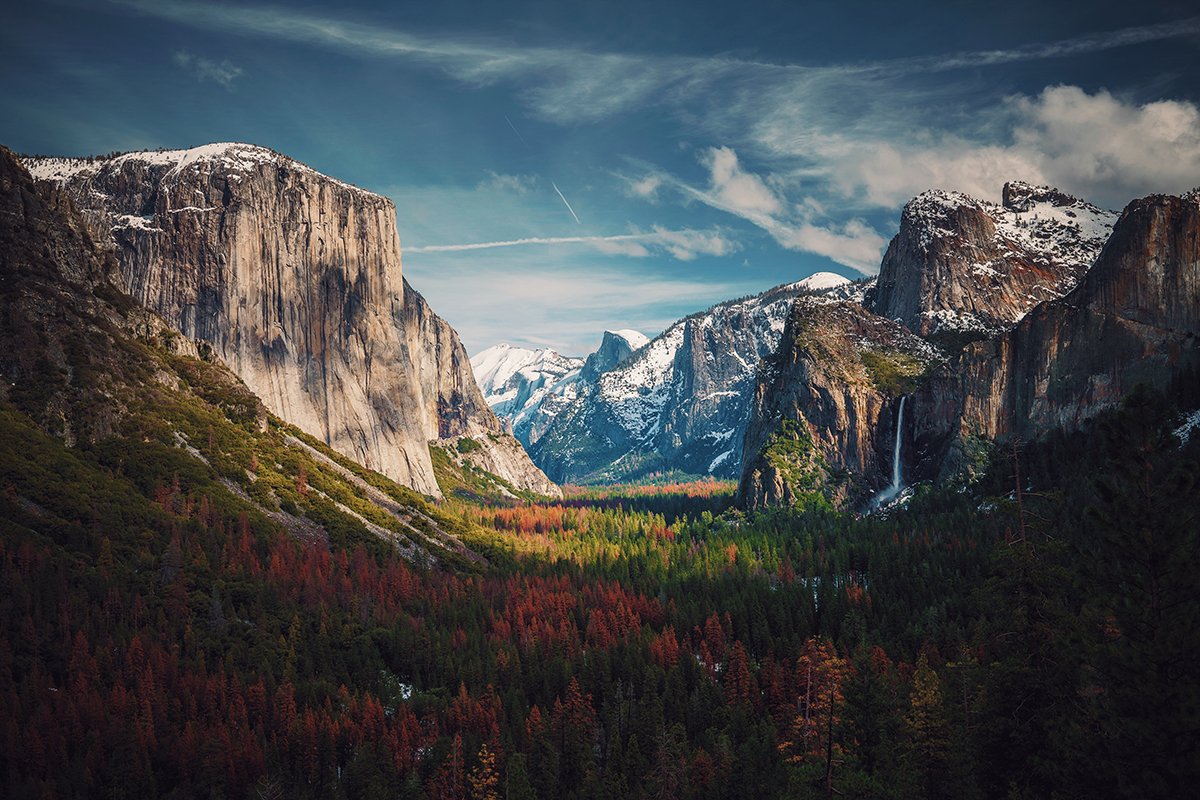
Iceland
Iceland is a photographer’s paradise with its stunning landscapes and natural wonders. From the famous Seljalandsfoss and Skógafoss waterfalls to the unique black sand beaches of Reynisfjara and Diamond Beach, there’s no shortage of breathtaking locations to capture.
For those seeking a more adventurous experience, the Fjaðrárgljúfur Canyon and Thórsmörk mountain ridge offer hiking trails and incredible views. The Mývatn Lake area is another must-visit spot, featuring volcanic landscapes, glacial canyons, and the chance to witness the northern lights.
Don’t miss the opportunity to photograph the iconic Sun Voyager sculpture in Reykjavík during golden hour or the blue hour for an unforgettable shot. To learn more about Iceland photography tips, check out this in-depth guide that covers everything from the best locations to essential gear and techniques.
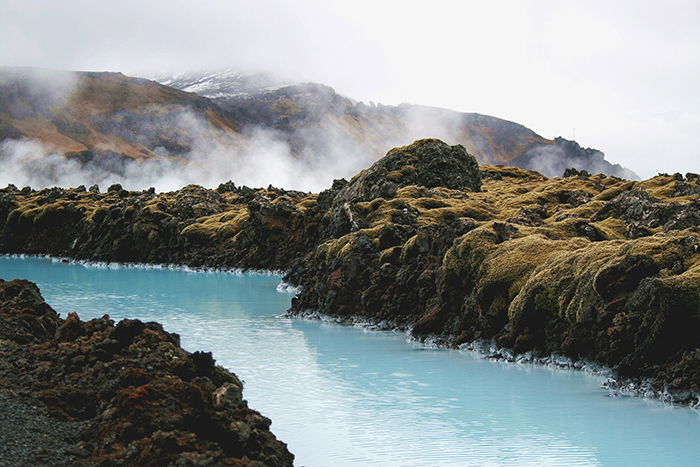
New Zealand
New Zealand is a photographer’s paradise with stunning landscapes and dramatic coastlines. The Māori name for New Zealand, Aotearoa, means ‘Land Of The Long White Cloud’. The mountains and surrounding sea create an ever-changing landscape with new scenes around every corner.
Some of the best spots for photography include Aoraki/Mount Cook National Park, Milford Sound, and the Franz Josef and Fox Glaciers. Cities like Auckland, Wellington, and Queenstown offer great cityscapes, especially at night or during golden hour. New Zealand also has many beautiful waterfalls, countryside scenes, and unique geothermal landscapes.
The South Island is known for its crystal clear lakes with breathtaking mountain reflections and turquoise water. And you can’t go wrong with a New Zealand sunset, especially on the west coast or near snowy mountains. Photography in New Zealand offers diverse scenery, accessible vantage points, and plenty of photo opportunities year-round.
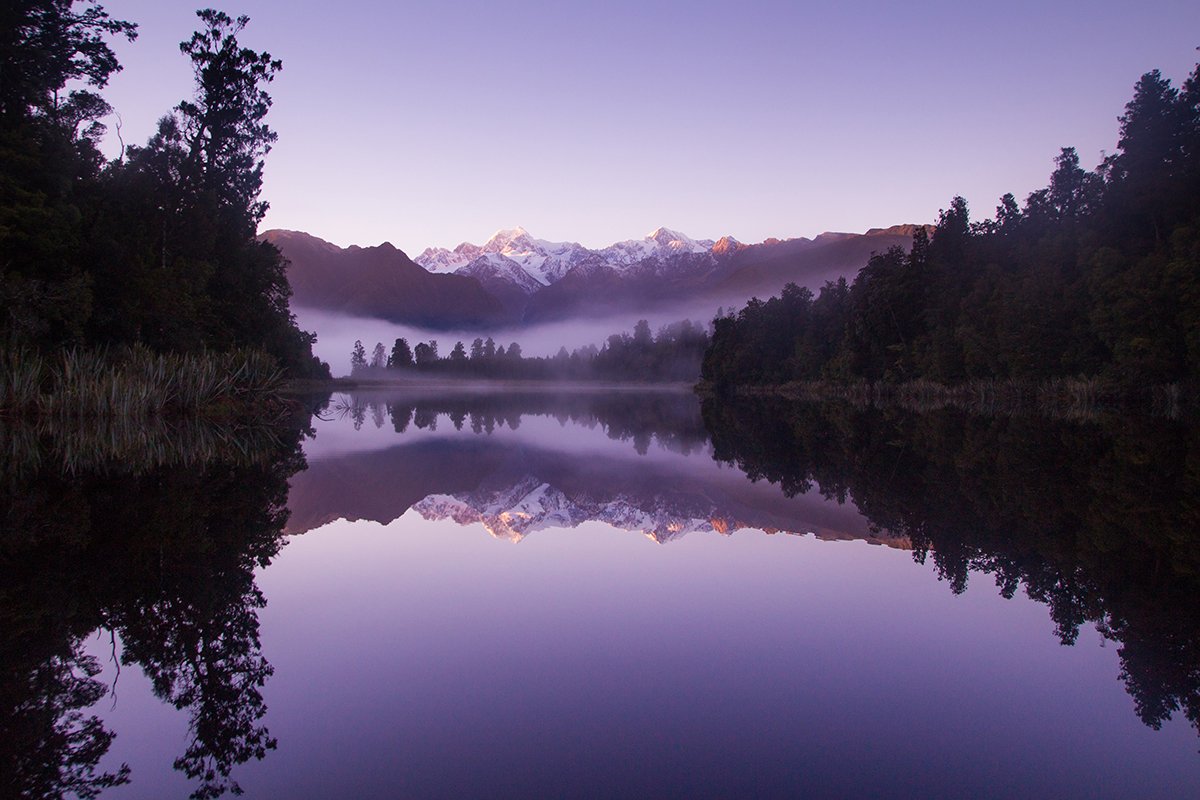
Taking Your Landscape Photography to the Next Level
Landscape photography offers an easy entry point, with just your phone camera. And it offers almost limitless room for improvement and refinement. We’re here to help you find the skills and inspiration to make the most of this captivating genre.
Some Creative Ideas and Techniques
Slow down your shutter speed with a neutral density filter to capture dreamy long exposures, even in bright sunlight. Use Bulb mode and a cable release for exposures of several minutes, perfect for capturing light trails at night.
Shoot through a flower petal or leaf to add a soft wash of color to your landscapes while keeping the main subject sharp. A telephoto lens is great for eliminating clutter and distractions in busy scenes.
Don’t be afraid to use high ISOs when shooting handheld or including people in your shots. Enable highlight alert on your camera to avoid overexposed areas. Rest your camera on the ground with a 2-second timer for sharp photos without a tripod.
To learn more about landscape photography ideas, there are many great resources available that dive deeper into the topic and provide even more creative techniques to try.
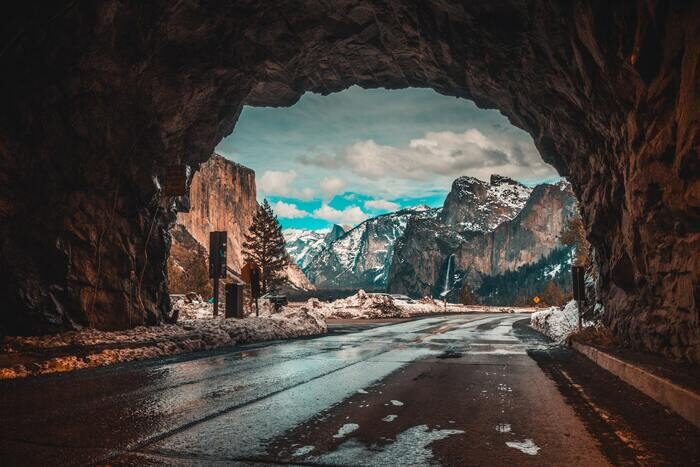
Composition
Composition is key in landscape photography. The rule of thirds is a great starting point, but don’t be afraid to explore other techniques like the golden ratio and golden triangle.
Symmetry can create stunning landscapes, especially when combining natural and manmade elements. Including an interesting foreground will grab the viewer’s attention and guide their eye through the image.
Framing your shot through natural elements like trees or windows can add depth and interest. Most importantly, make sure your subject is clear and use techniques like leading lines to draw the viewer’s eye. To learn more about landscape composition, check out this in-depth guide.
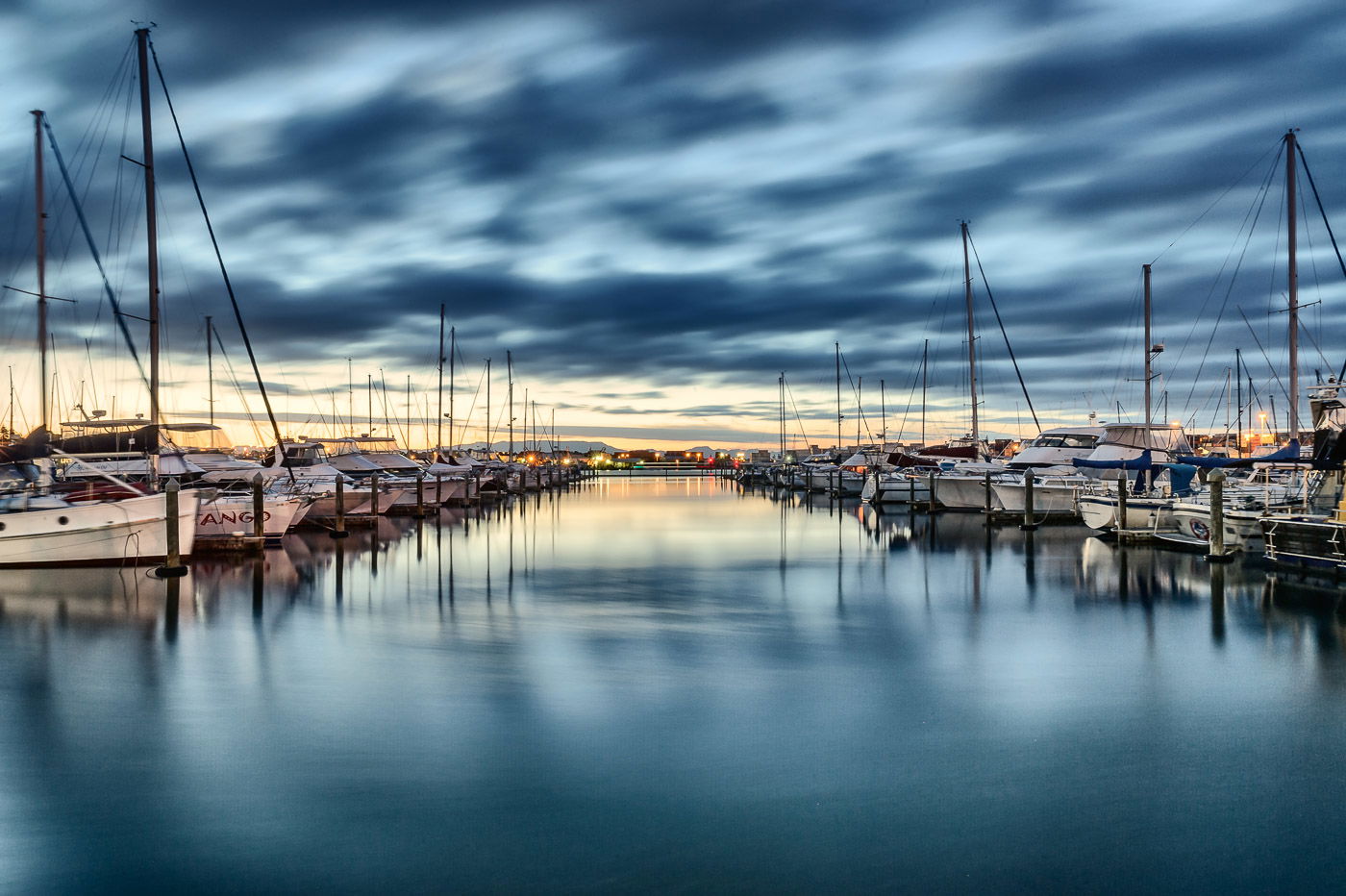
Make the Most of Color
Color theory is a powerful tool for creating stunning landscape photos. By understanding how colors interact, you can capture images with greater emotional depth and visual interest. The color wheel is a handy guide that shows the relationships between colors.
Complementary colors like blue and orange create strong contrast, while analogous colors like green, teal, and blue flow harmoniously. Warm colors from red to yellow evoke a sense of immediacy, while cool colors like blue and violet bring a calming effect.
Colors also influence our emotions in landscape photography. Blue inspires awe, green creates tranquility, and red directs attention. By mastering color theory for landscape photography, you can take your landscape photos to the next level.

Avoiding Common Mistakes
Sometimes the best advice you get is on what not to do. We’ve identified some of the most common errors in landscape photography.
Shoot during the golden hour before sunset or after sunrise for the best light. Visit locations at the right time of year to capture seasonal changes like autumn colors or snow.
Always use a tripod for sharper images and to allow long exposures. Include a main subject like a lone tree or lighthouse to create interest in your composition.
Check the weather forecast and tide tables before heading out. Try shooting from unique angles at popular locations to get a fresh perspective. Revisit places you’ve photographed before, as conditions will be different each time.
If you see an amazing moment, stop and capture it right away. Edit your photos with digital blending and sharpening to get the best results. Use the right camera settings like f/8 or f/11 aperture for sharp focus throughout the scene.
To learn more about avoiding common mistakes, check out our article that goes into more depth on the topic.
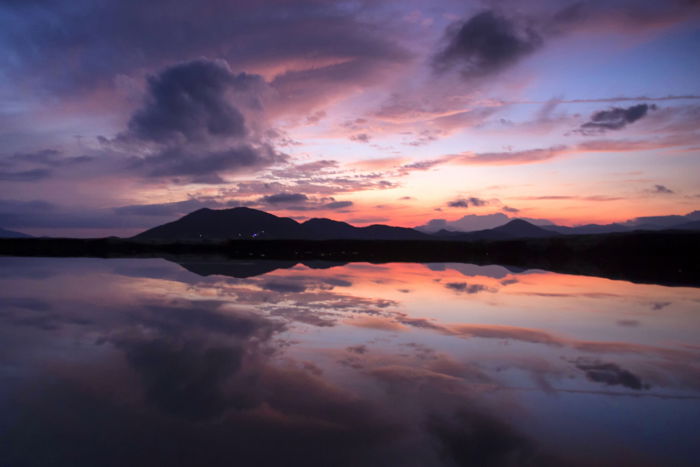
Using Your iPhone
Taking stunning landscape photos with your iPhone is easy when you know the right techniques. Use the grid feature to compose your shot following the rule of thirds. Place your main subject where the grid lines intersect for a balanced composition.
Lighting is key in landscape photography. Shoot during the golden hours just after sunrise or before sunset for the most beautiful colors and shadows. Consider using HDR mode to capture more detail in high-contrast scenes.
Editing your photos can take them to the next level. Adjust the white balance, exposure, contrast, and shadows to make your image pop. Apply presets or filters to enhance the colors and drama, but use them sparingly to keep the scene looking natural. Taking landscape photos on iPhone is a great way to capture the beauty of the world around you.
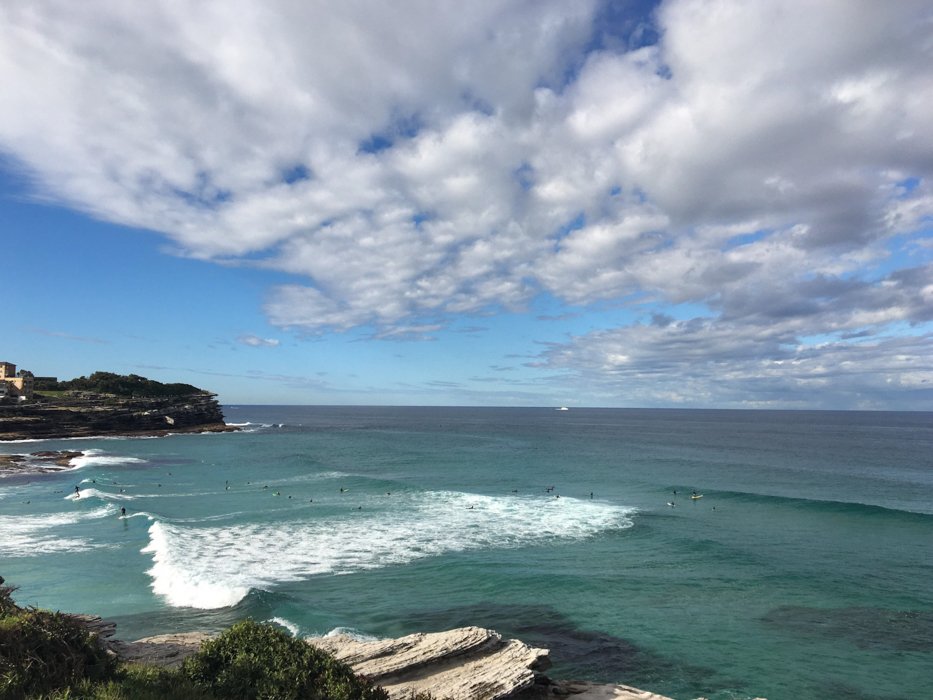
Try Infrared Photography
Infrared photography lets you capture the invisible light spectrum, creating unique and surprising images. To get started, you’ll need a camera that can see IR light, a sturdy tripod, and an IR filter like the Hoya R72.
Midday sun is the best time for IR photography. Landscapes are the most common subjects, with water and blue skies appearing dark while grass, leaves, and clouds appear white. The contrast between IR-absorbing and IR-reflecting objects is what makes these images stand out.
Editing IR photos involves fixing the white balance and deciding between a black and white or false color conversion. You can also blend IR and visible light photos for creative results. Infrared photography is a great way to show familiar scenes in a new and unexpected way.
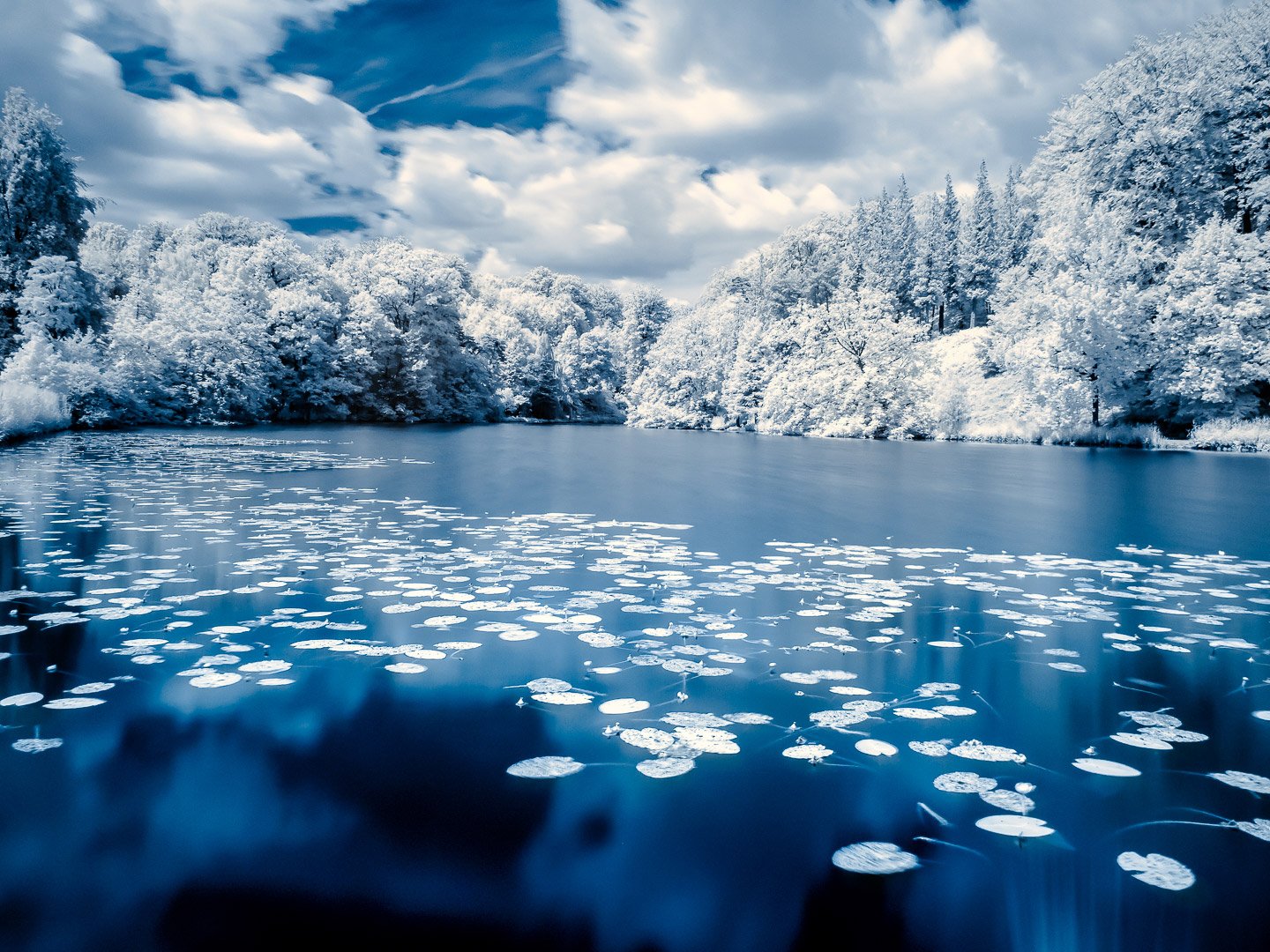
Panoramic Photos
Panoramic photos capture wide, sweeping landscapes that a single image can’t do justice. To take a panoramic photo, use a standard or short telephoto lens between 40-100mm. Remove any filters, especially polarizers, and shoot in RAW format for the most flexibility in post-processing.
Set your camera to manual mode and meter off the brightest part of the scene. Turn off autofocus and set the white balance in-camera or adjust it later in post-processing. Use a tripod if possible and overlap each shot by 1/3 to 1/2 of a frame as you pan across the scene.
In post-processing, check that each image has the same white balance settings. Then stitch the images together using software like Lightroom, Photoshop, or PTGui. Crop away any jagged edges caused by slight misalignments. With practice, you can create stunning panoramic photos that capture the grandeur of vast landscapes.
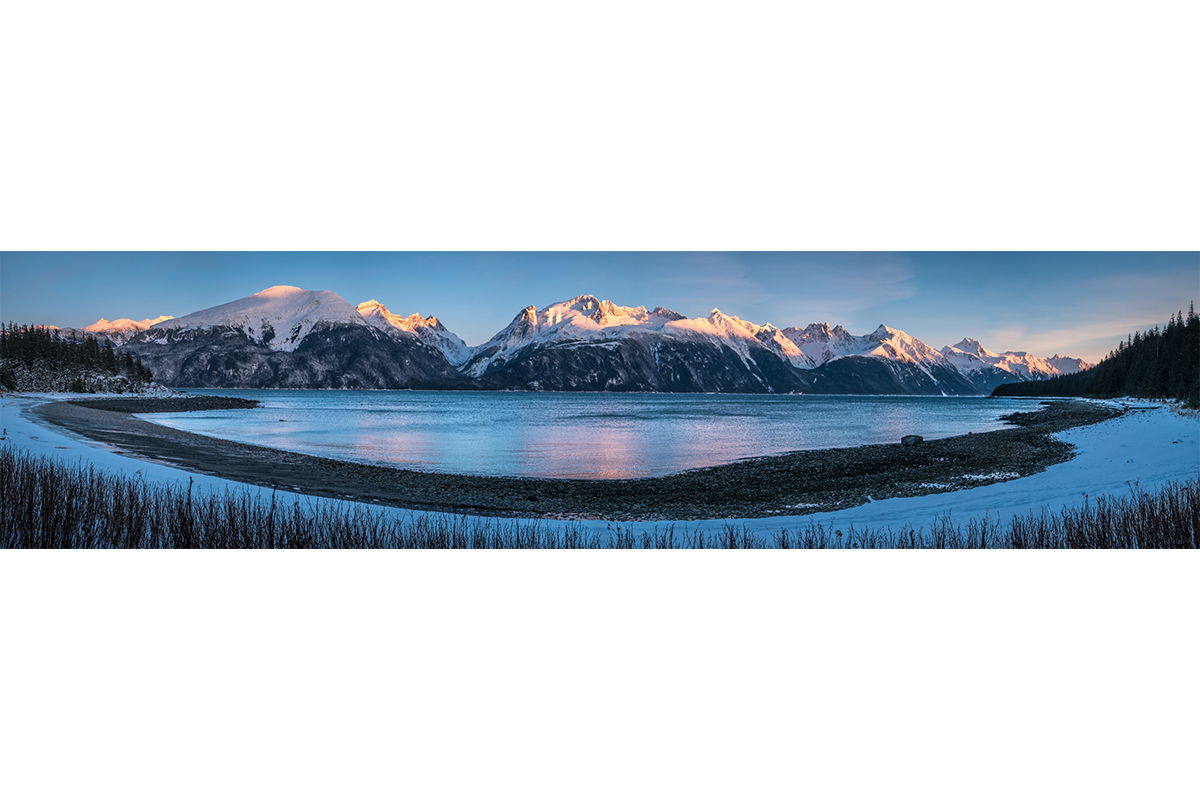
Urban Landscapes
Urban landscape photography captures the beauty of human-made environments. To take spectacular urban landscape shots, explore the city and look for new perspectives. Photograph repetitive patterns and textures, and try black and white to emphasize shapes and forms.
Use leading lines like bridges and roads to guide the viewer’s eye through the image. Photograph during the day and at night for varied lighting and atmospheres. You can even explore abandoned venues for surreal, timeworn scenes.
Don’t forget to capture the small details that make up the urban landscape, and take your phtoogrpahy to the next level!
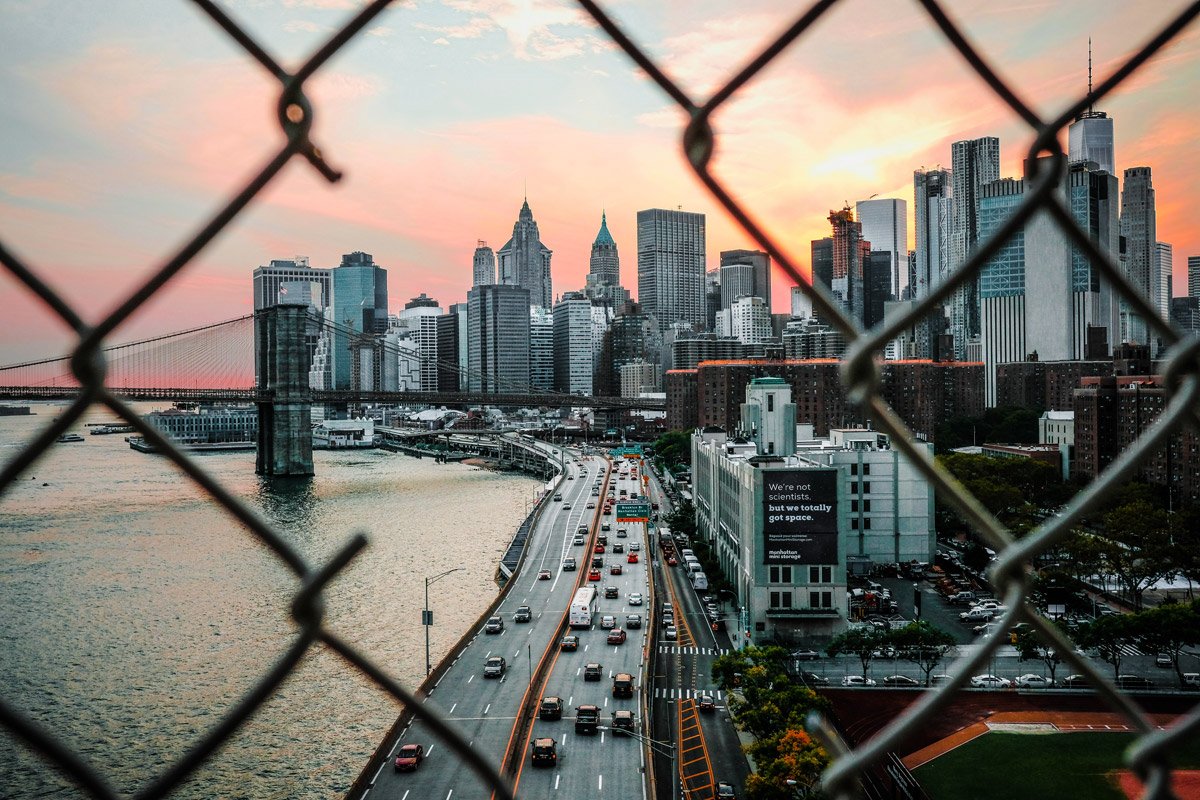
How to Edit Landscape Photos
If you shoot RAW images, your landscape photos will look very dull straight out of the camera. But that’s the beauty of RAW. It is a starting point for what can be some spectacular editing.
There are countless presets you can download for free, or buy, that will help you to bring your photos to life.
You can apply filters in processing that you don’t have in the field. There is so much to learn about editing your landscape photos, that there is no better time to start than now.
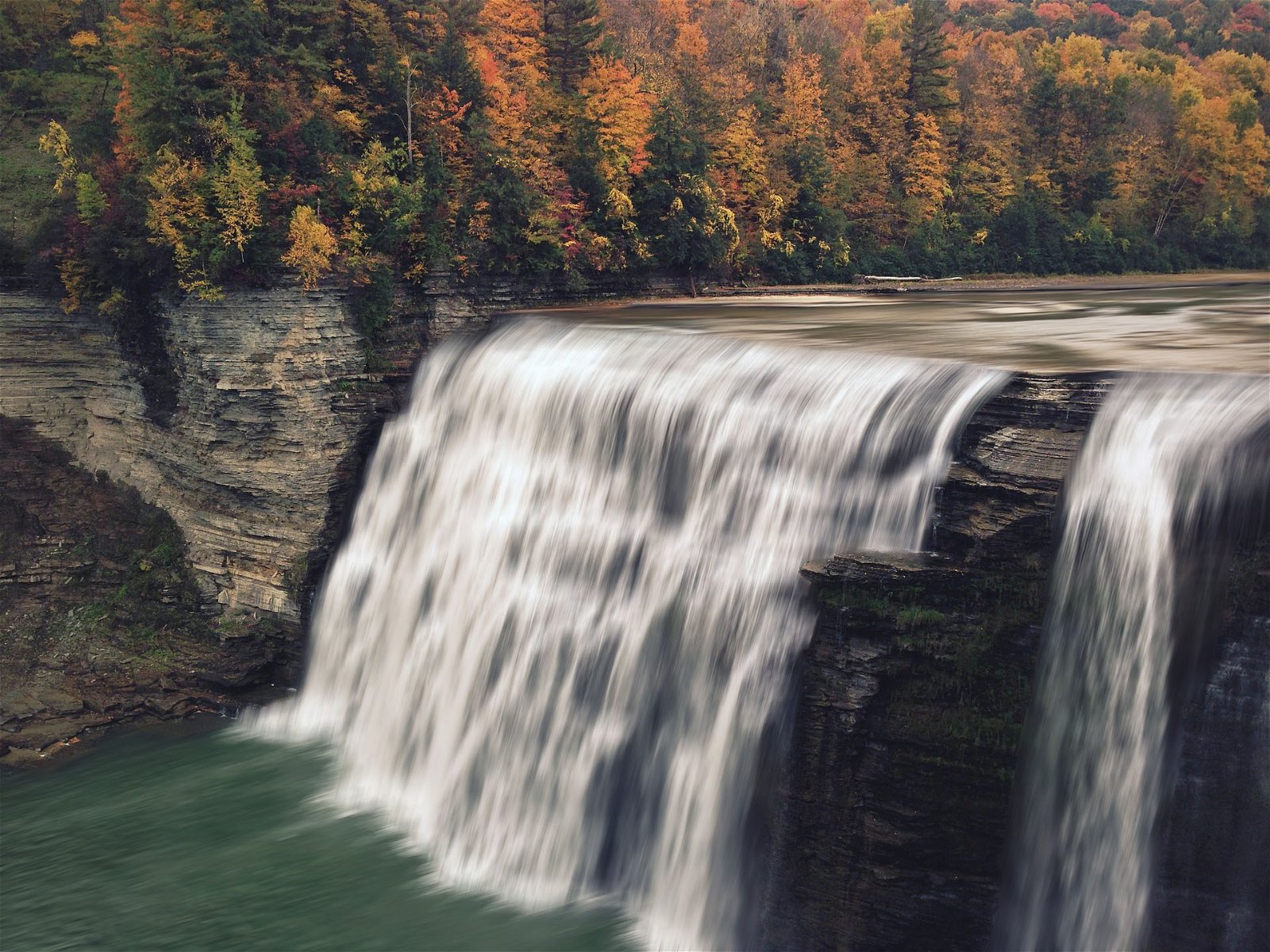
By accepting you will be accessing a service provided by a third-party external to https://casite-257362.cloudaccess.net/